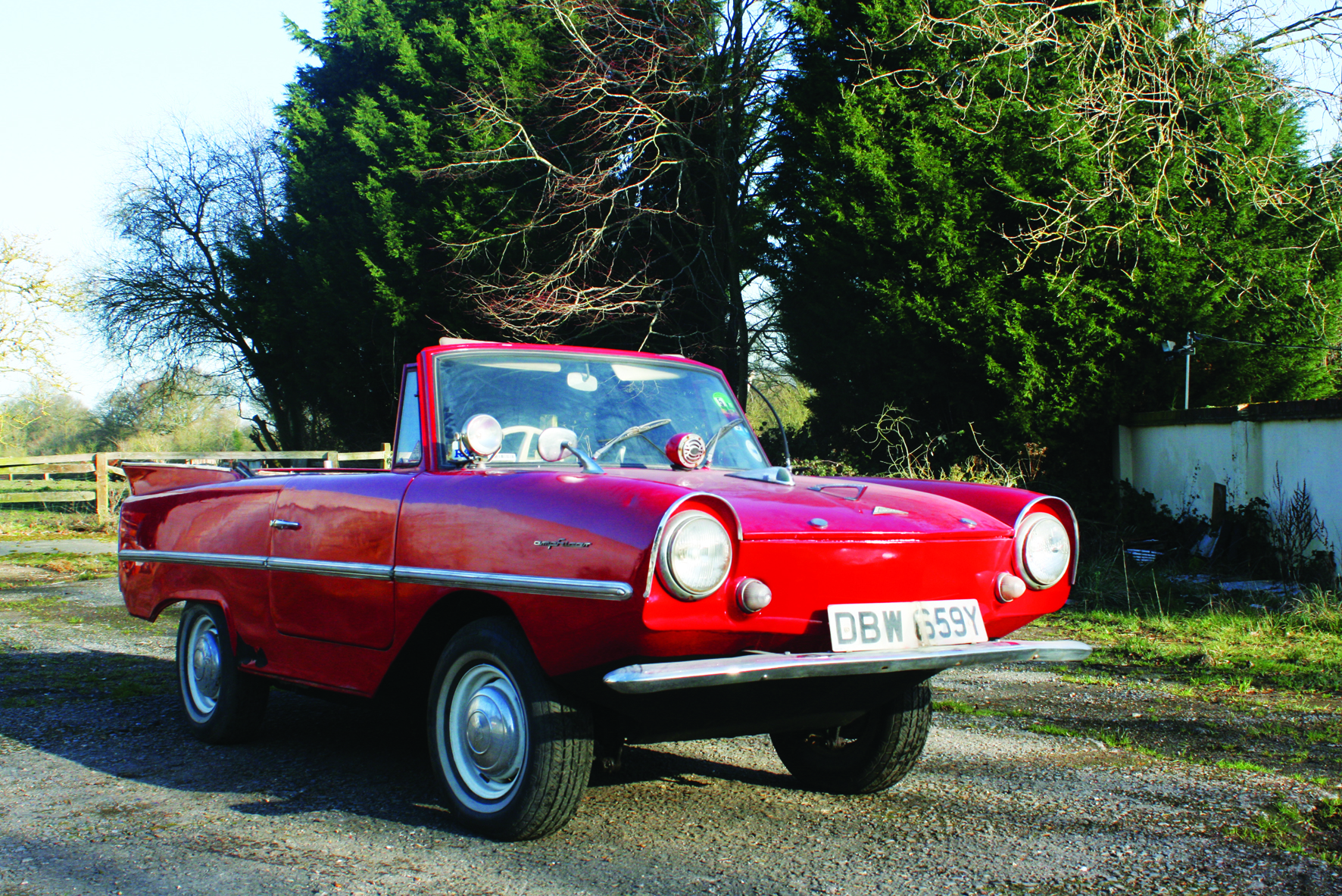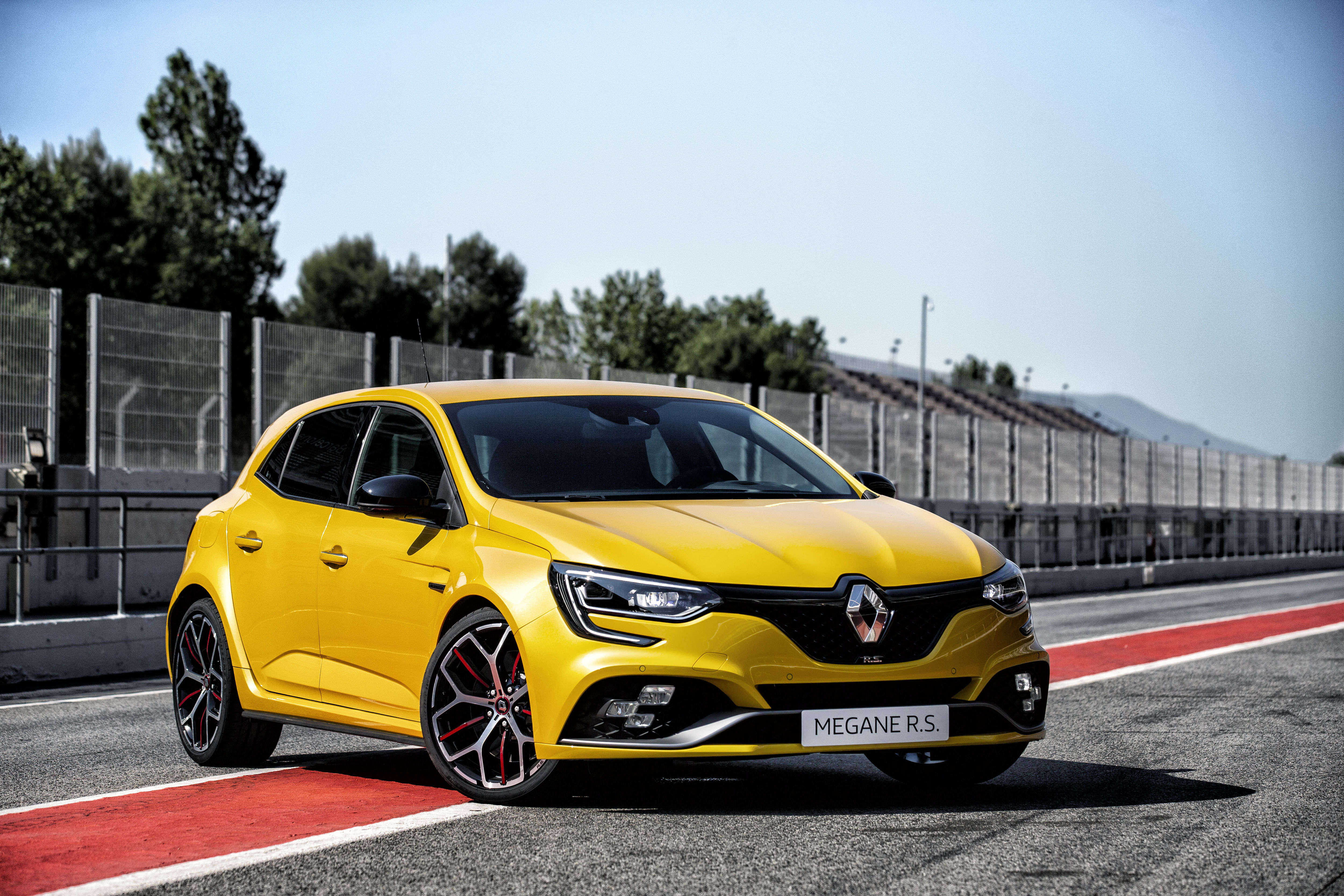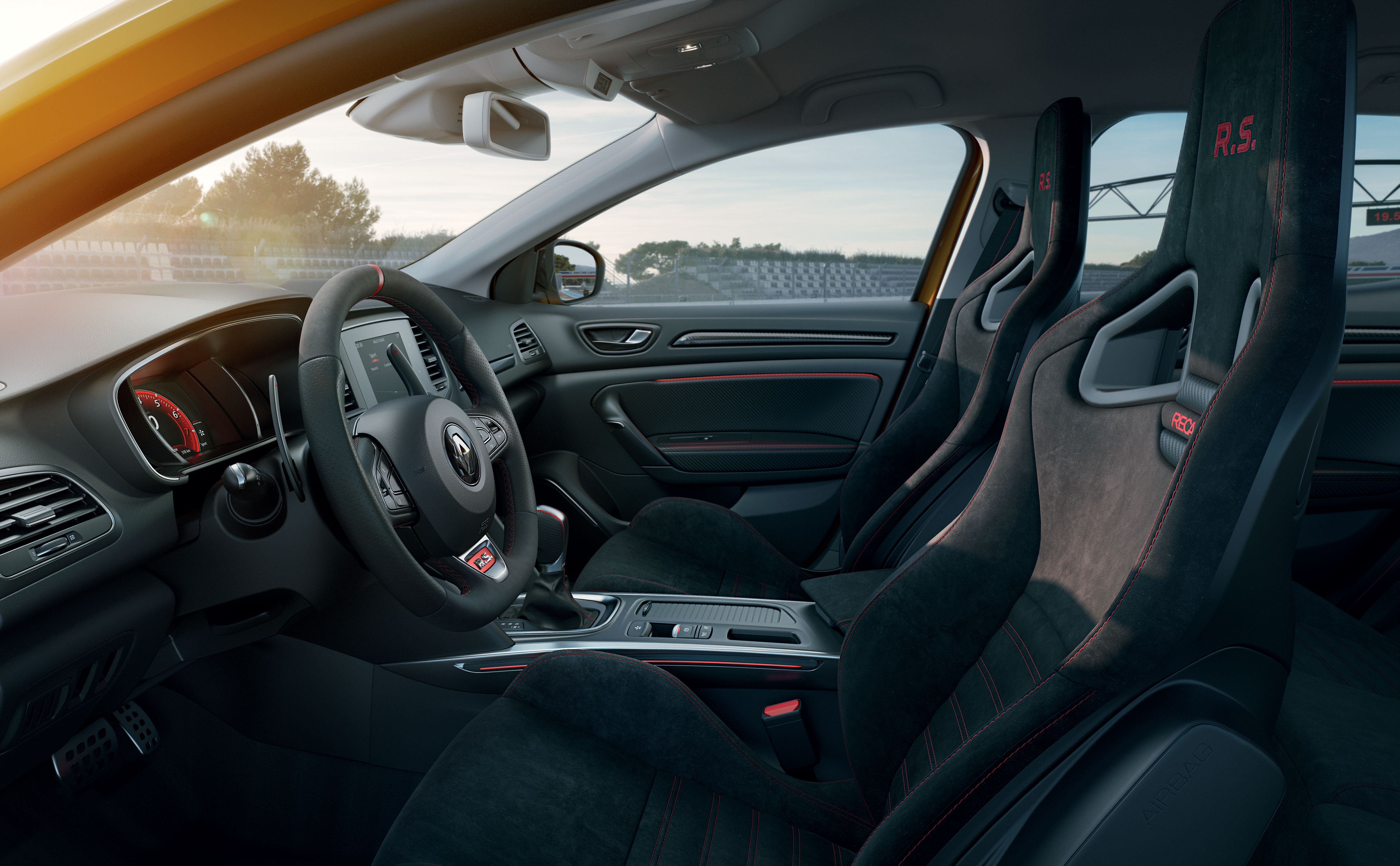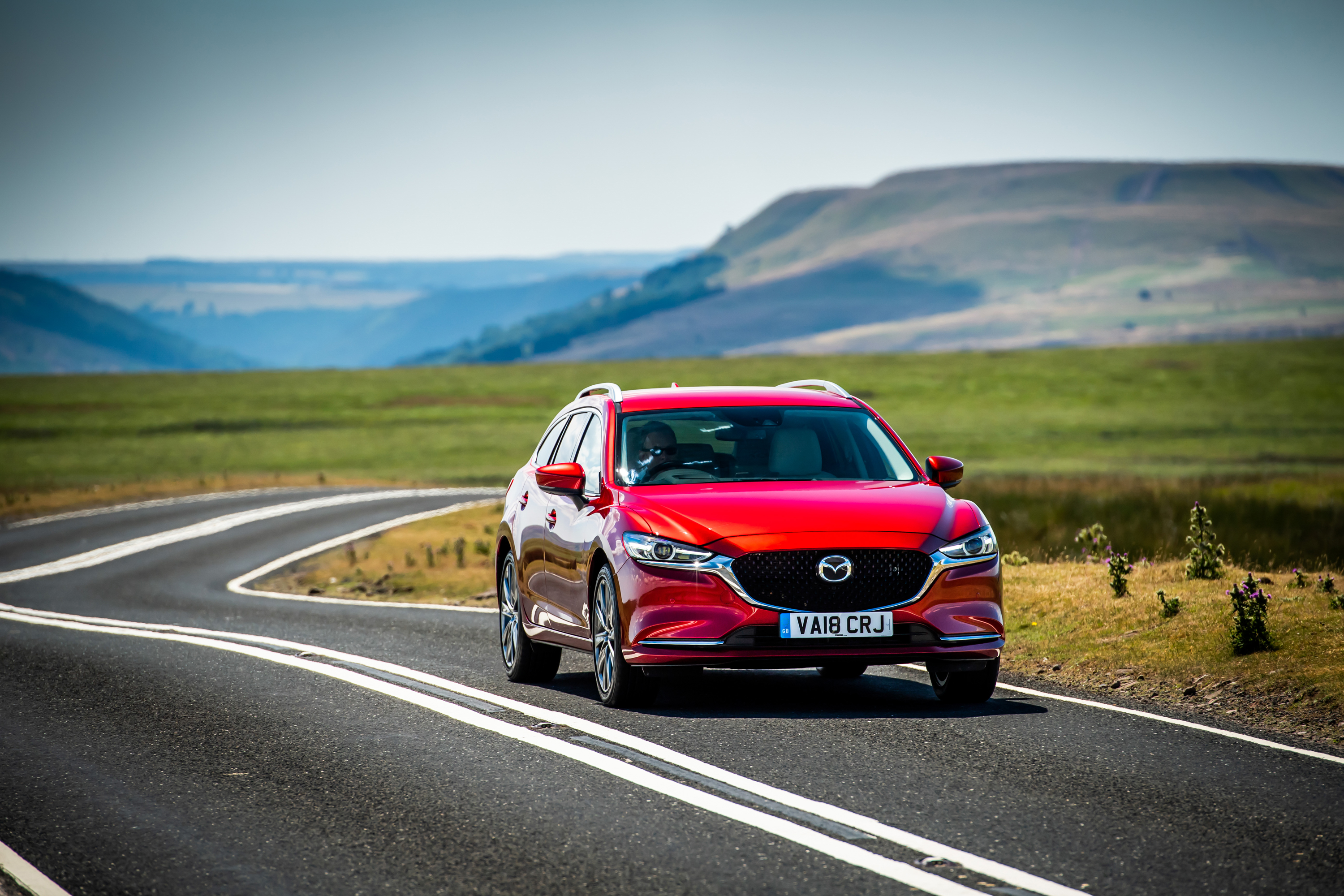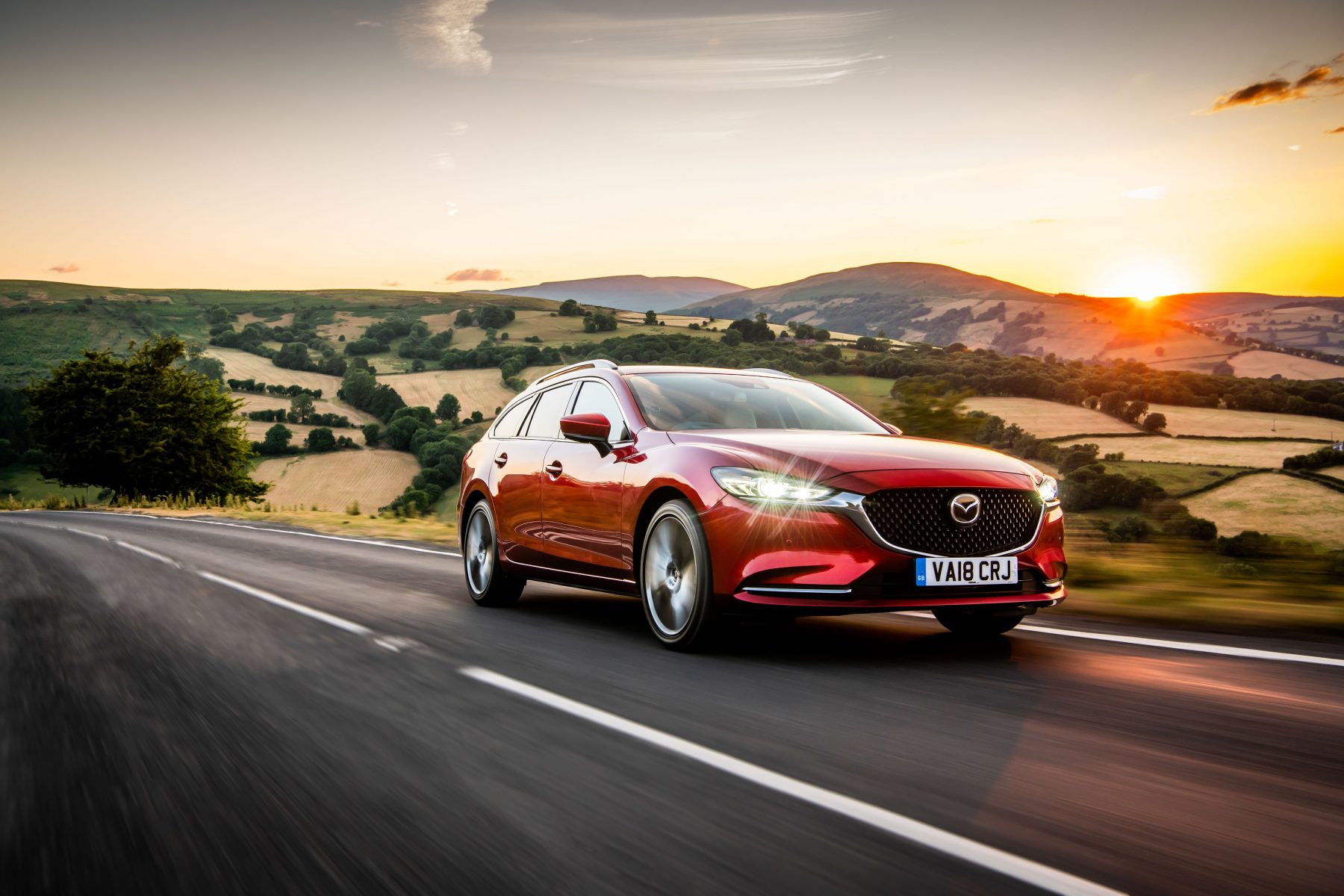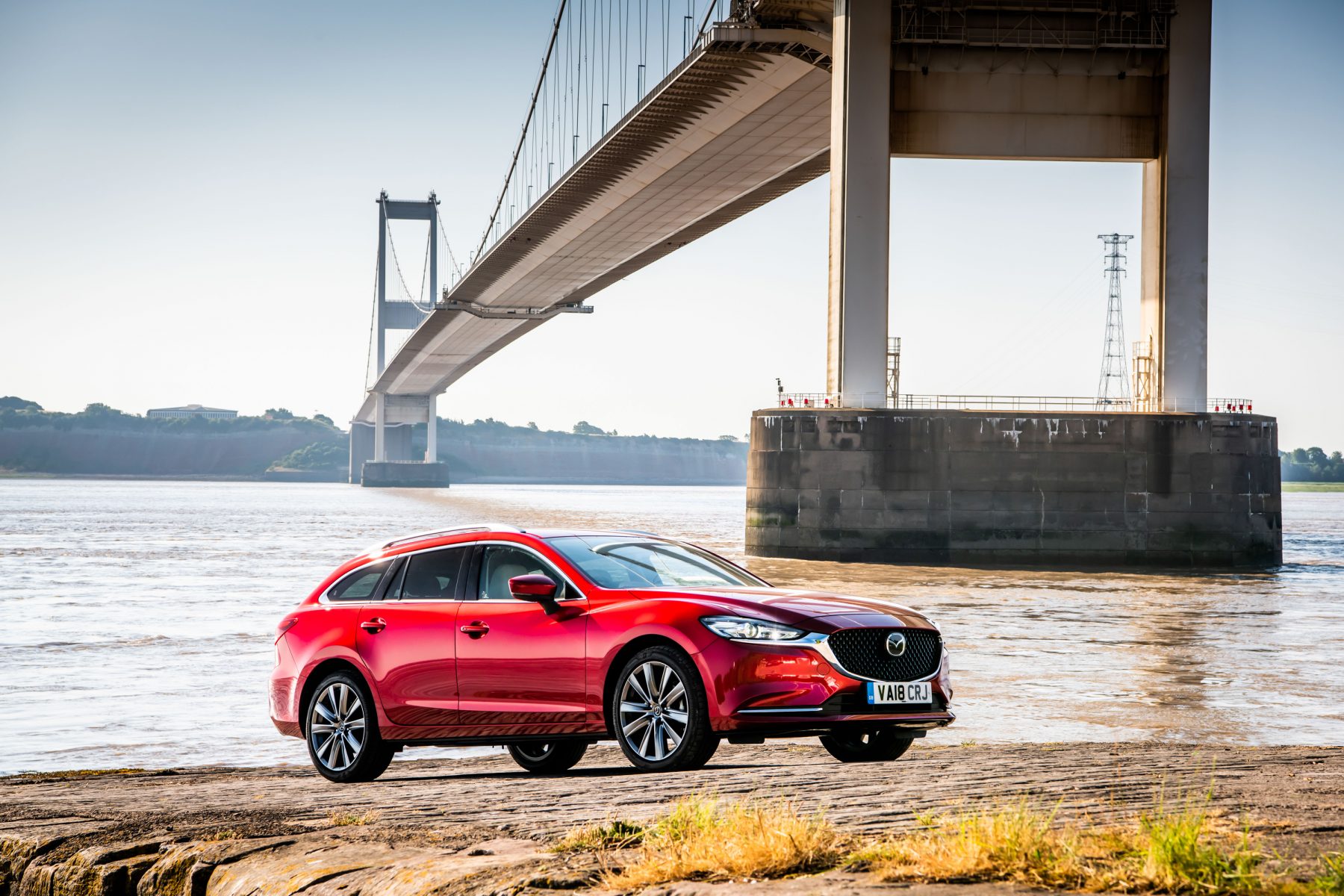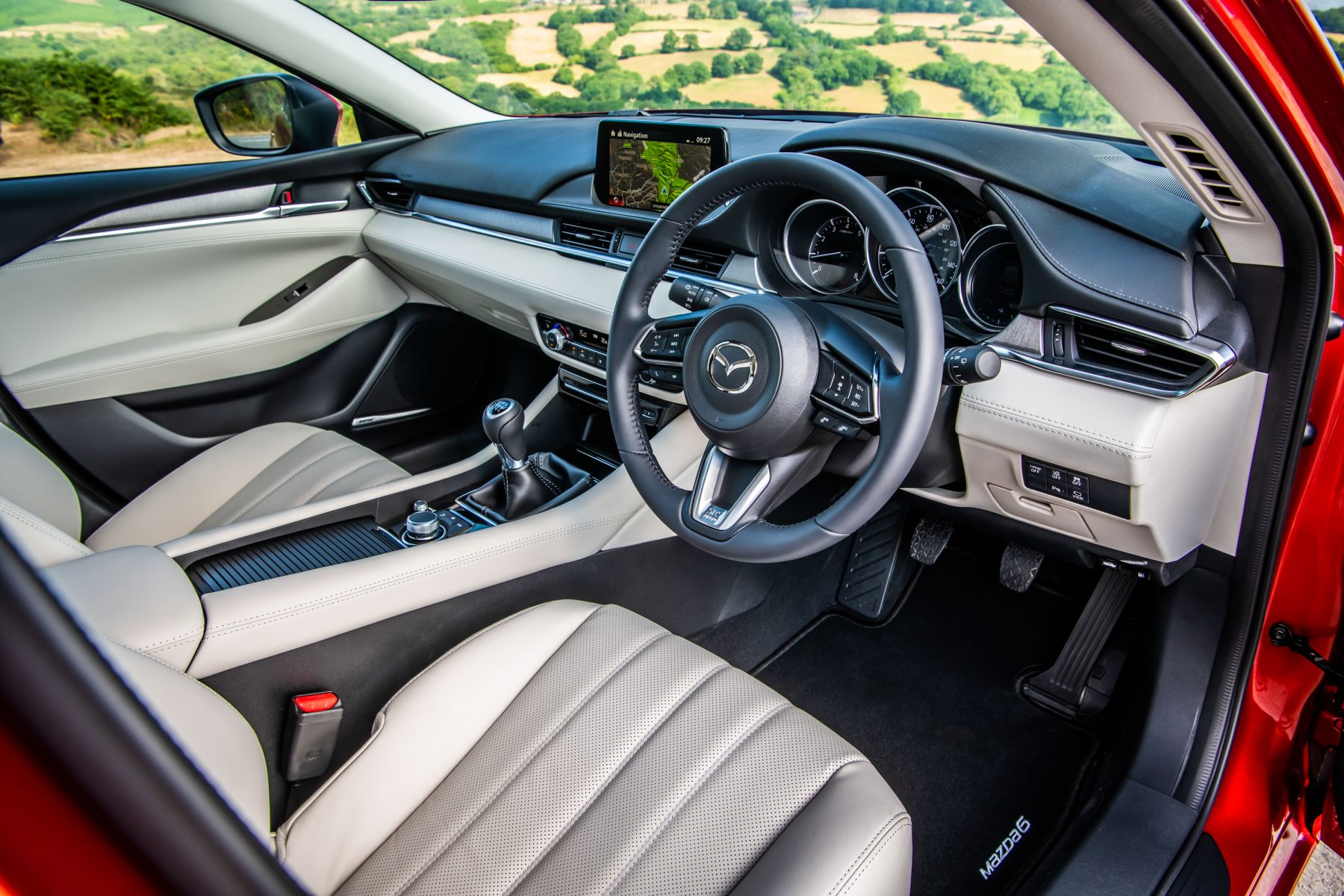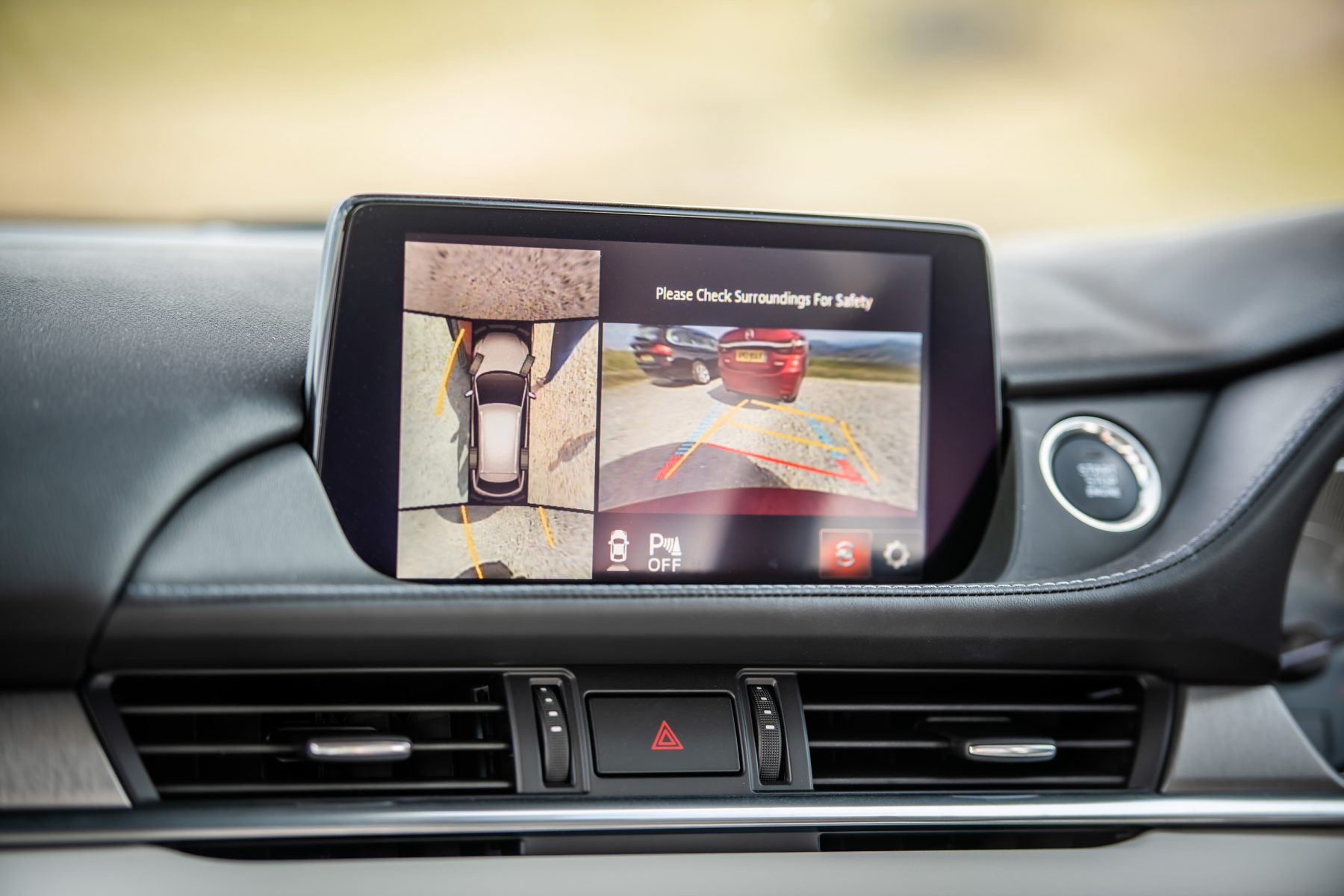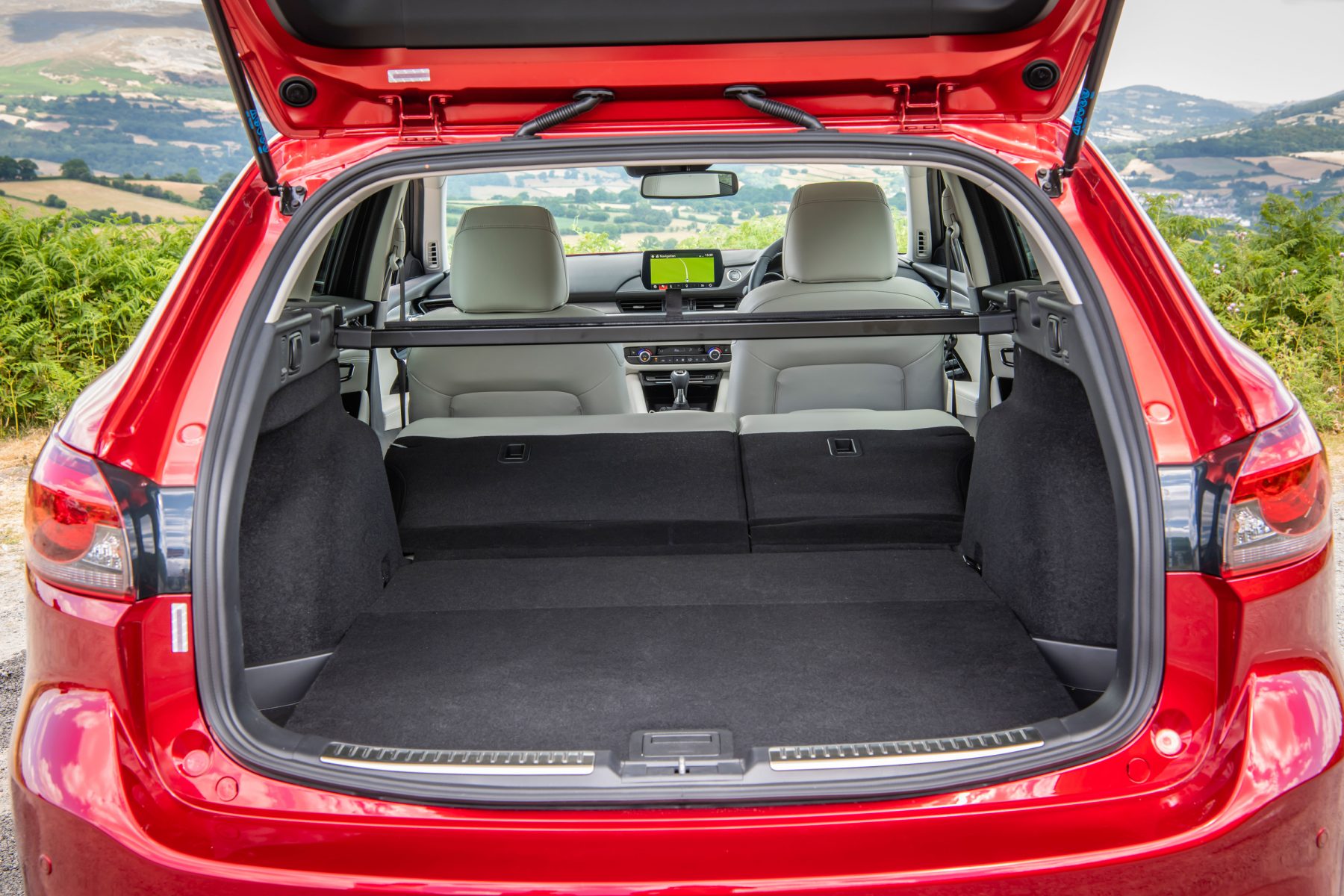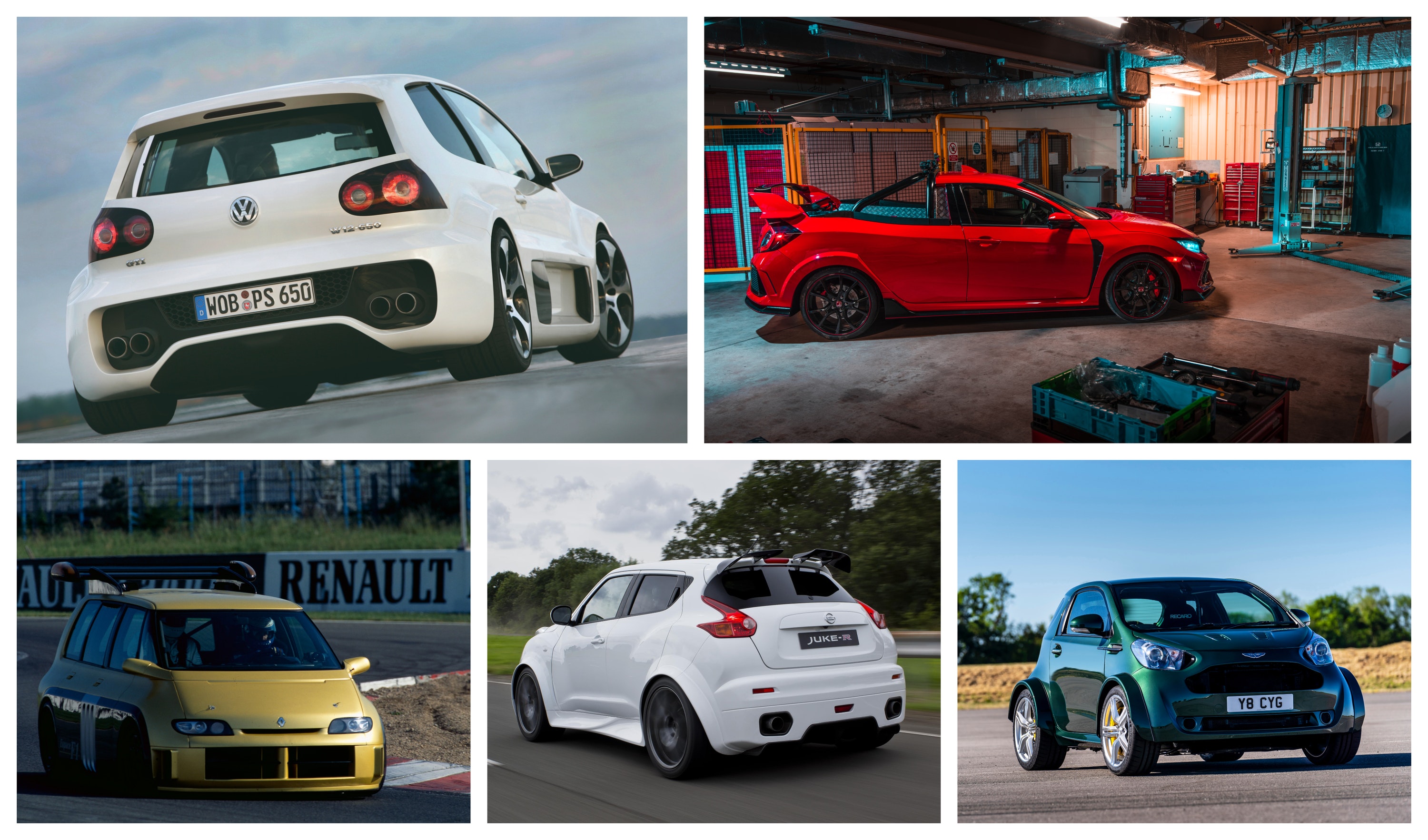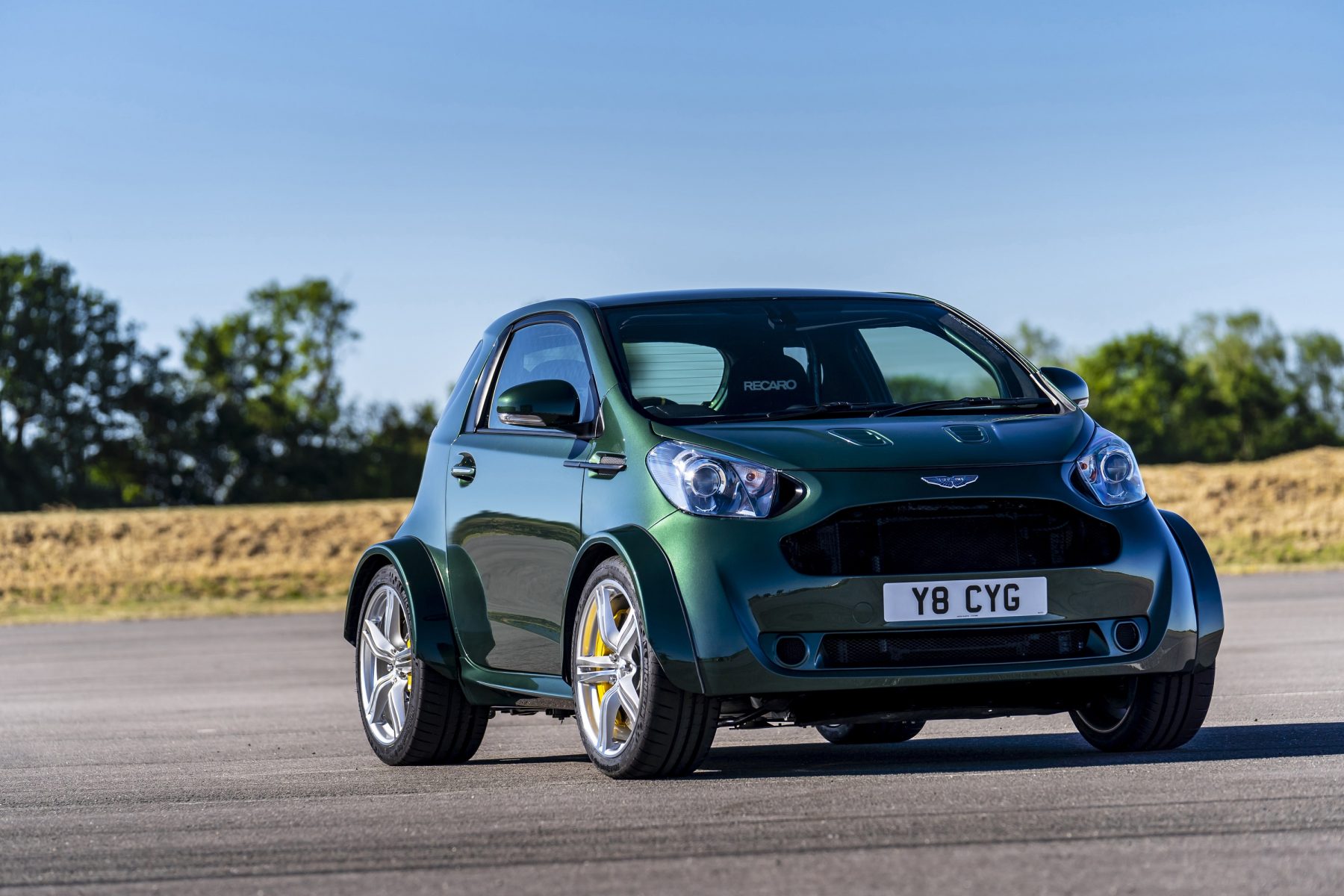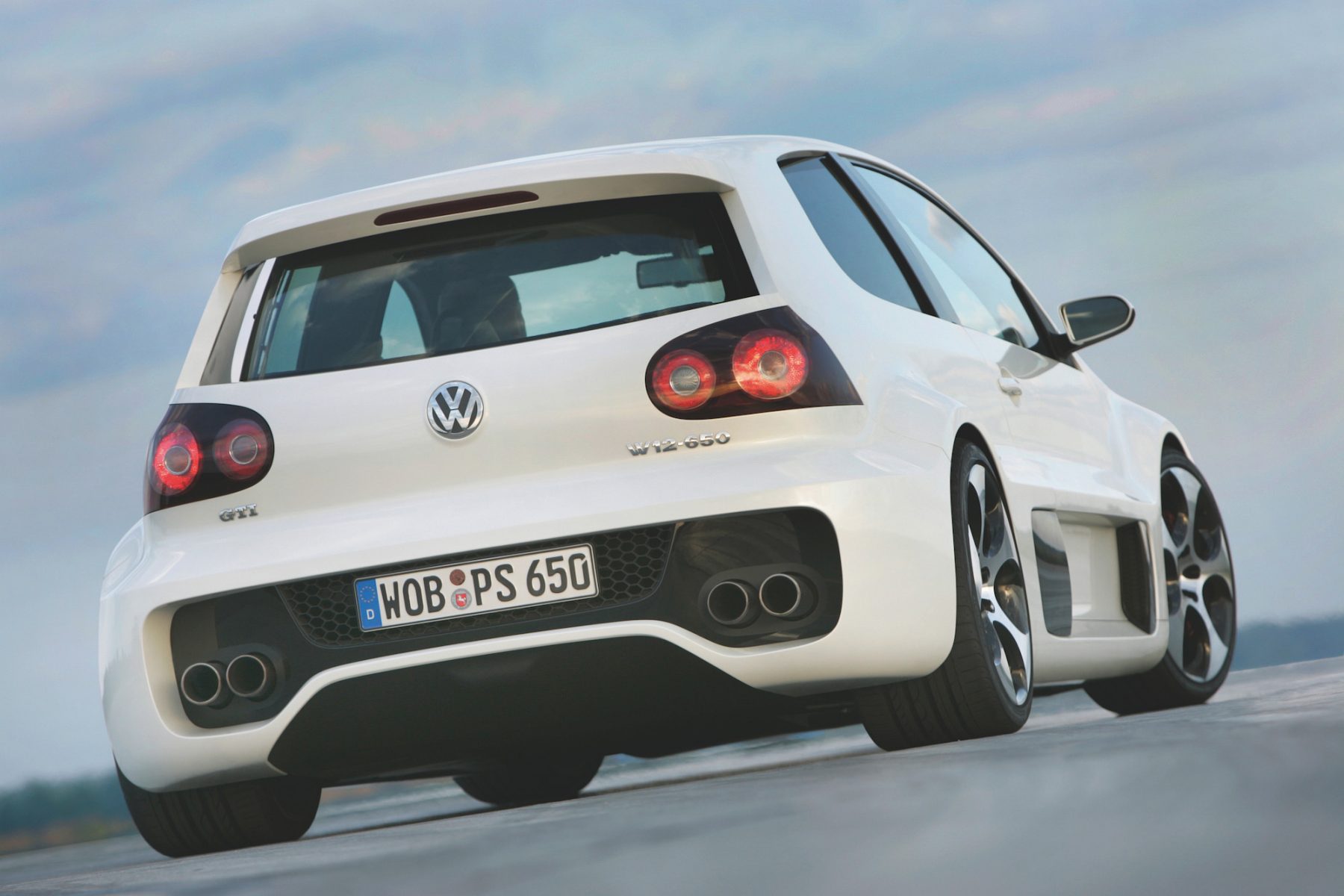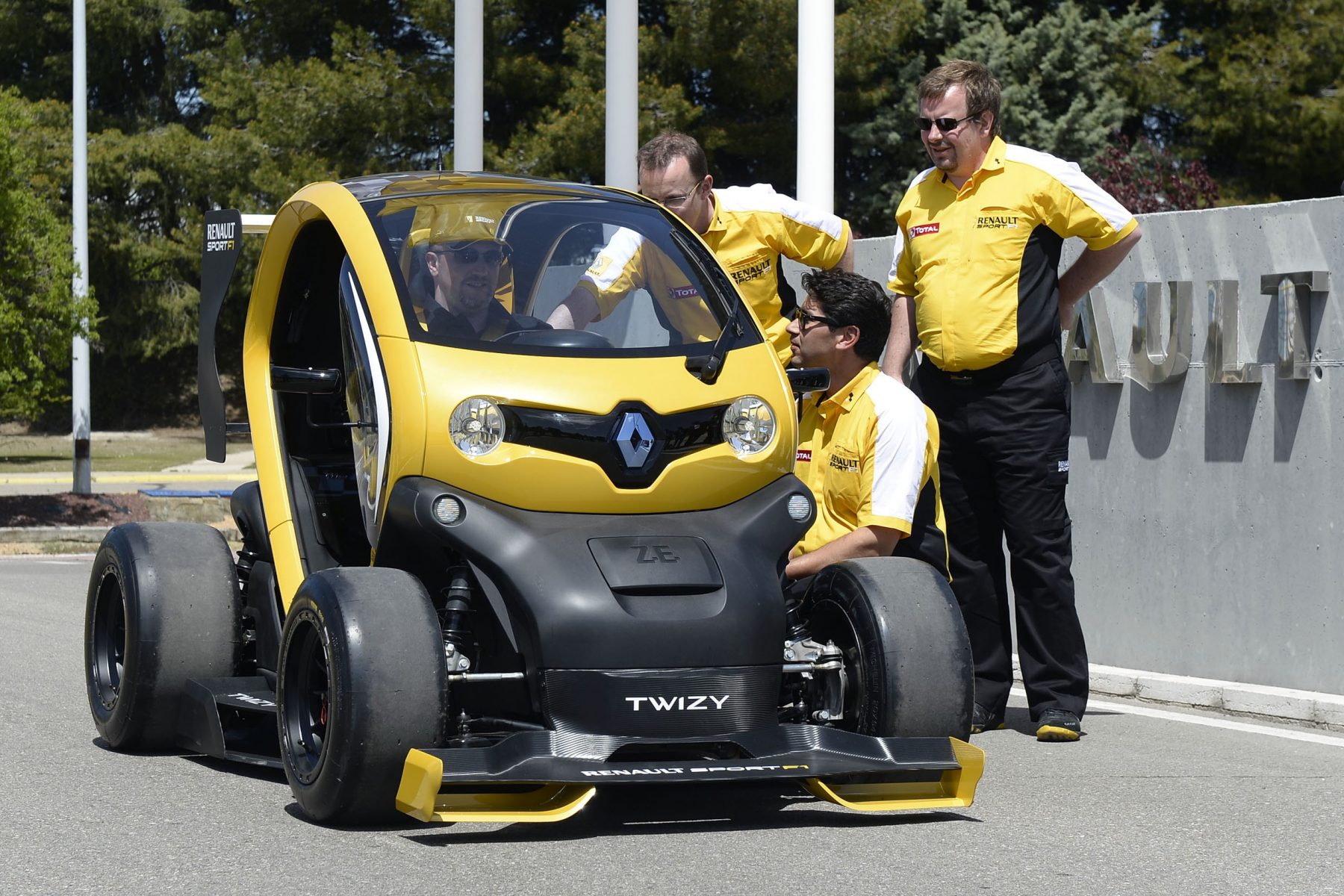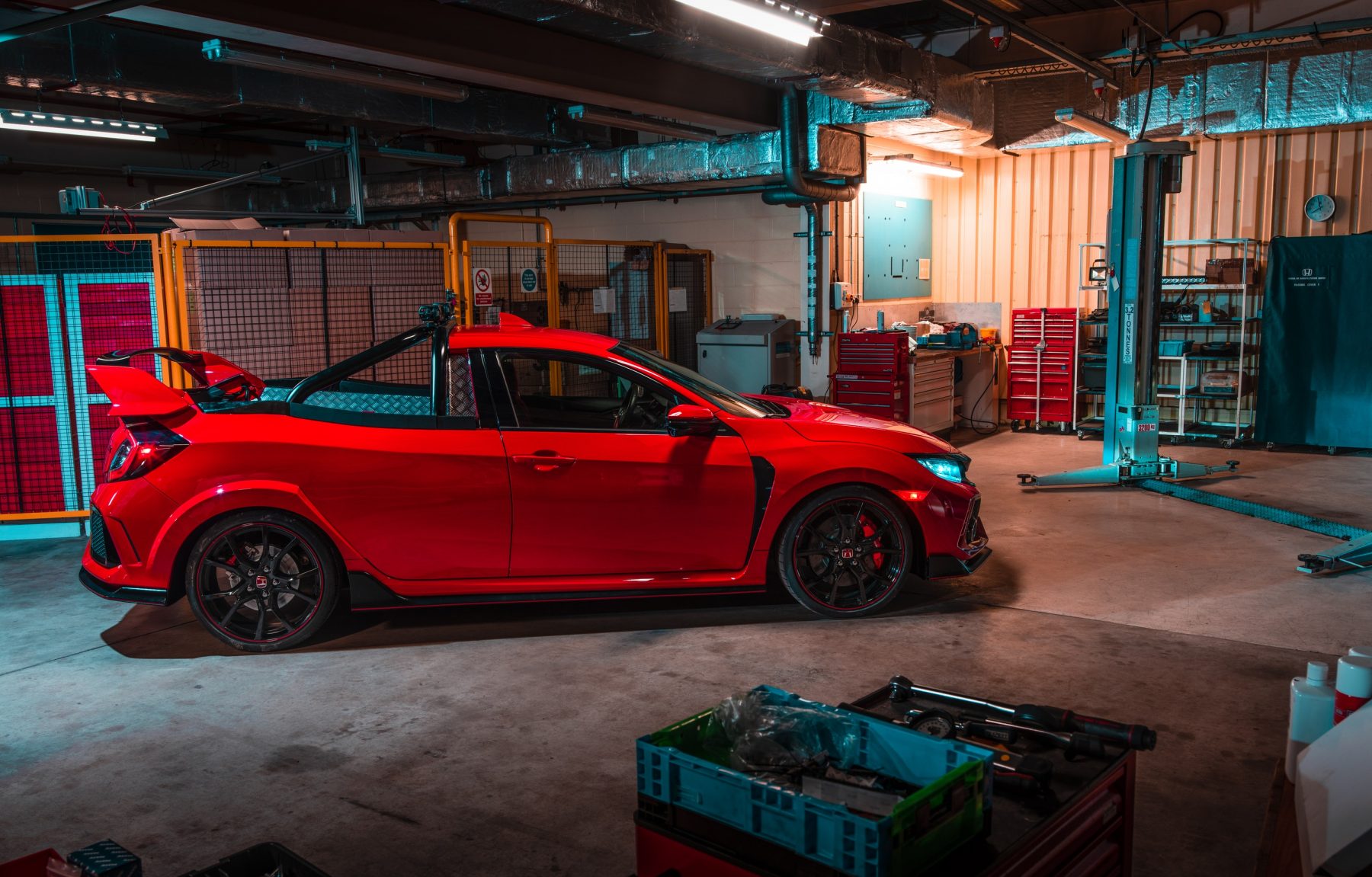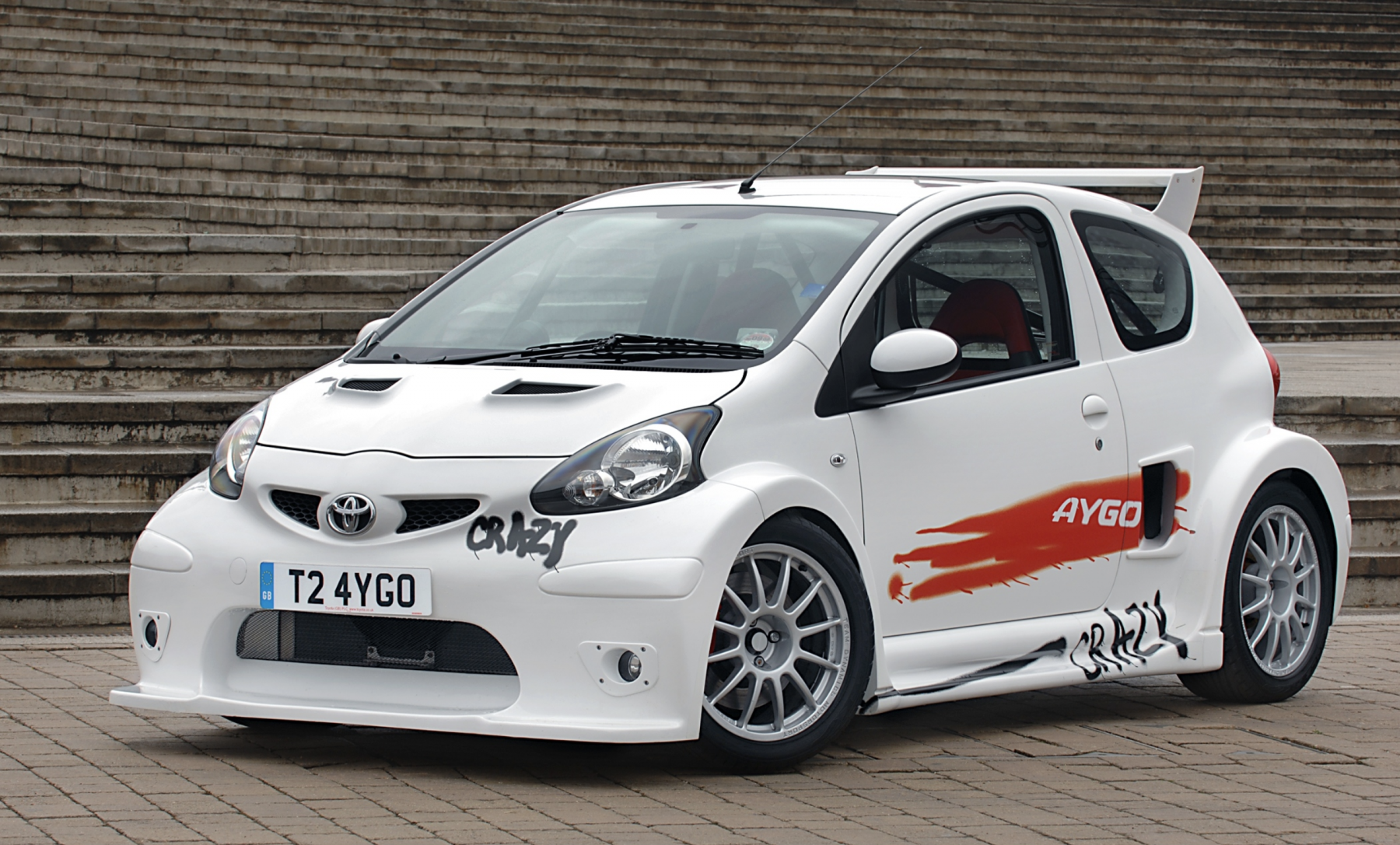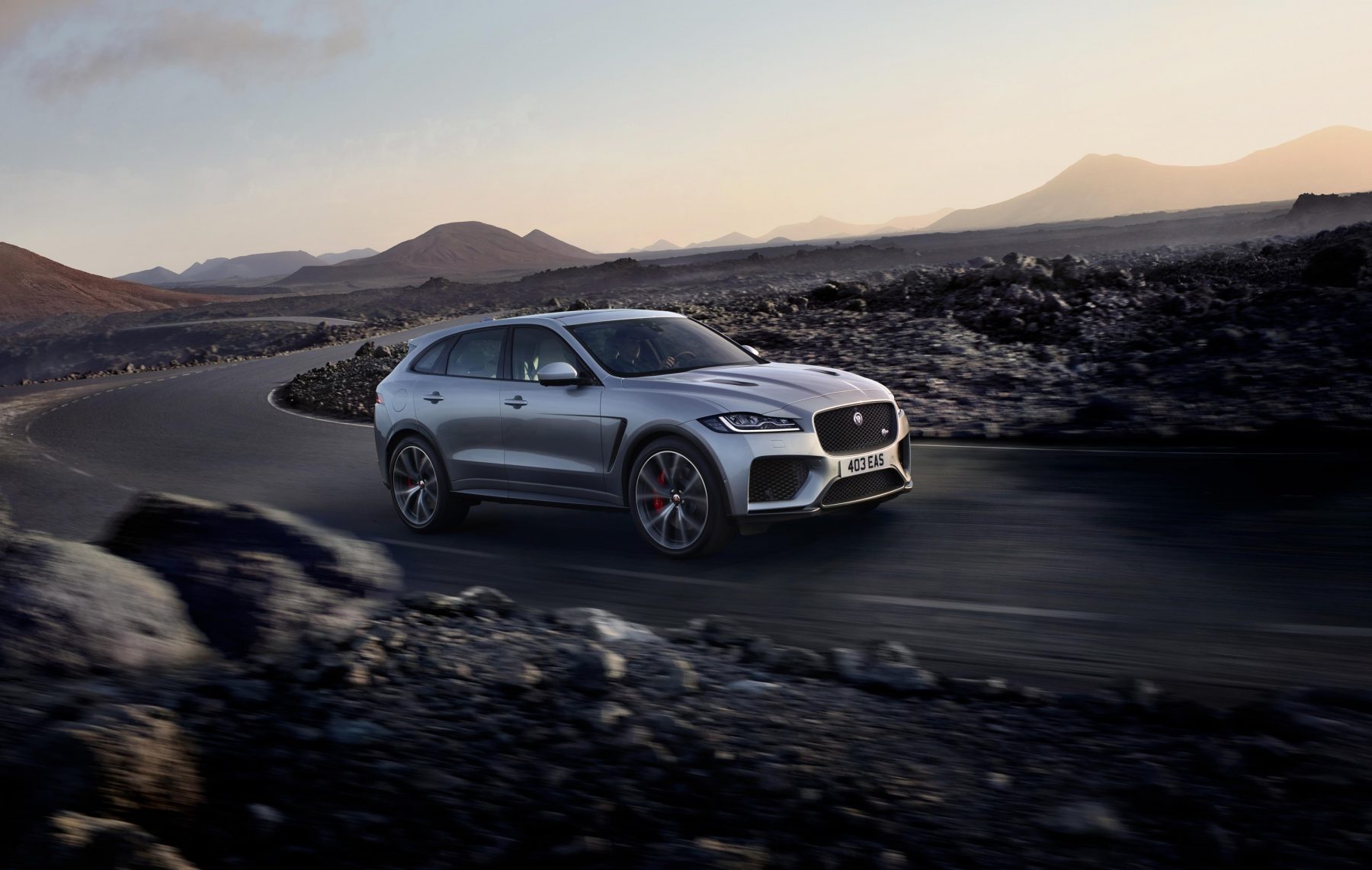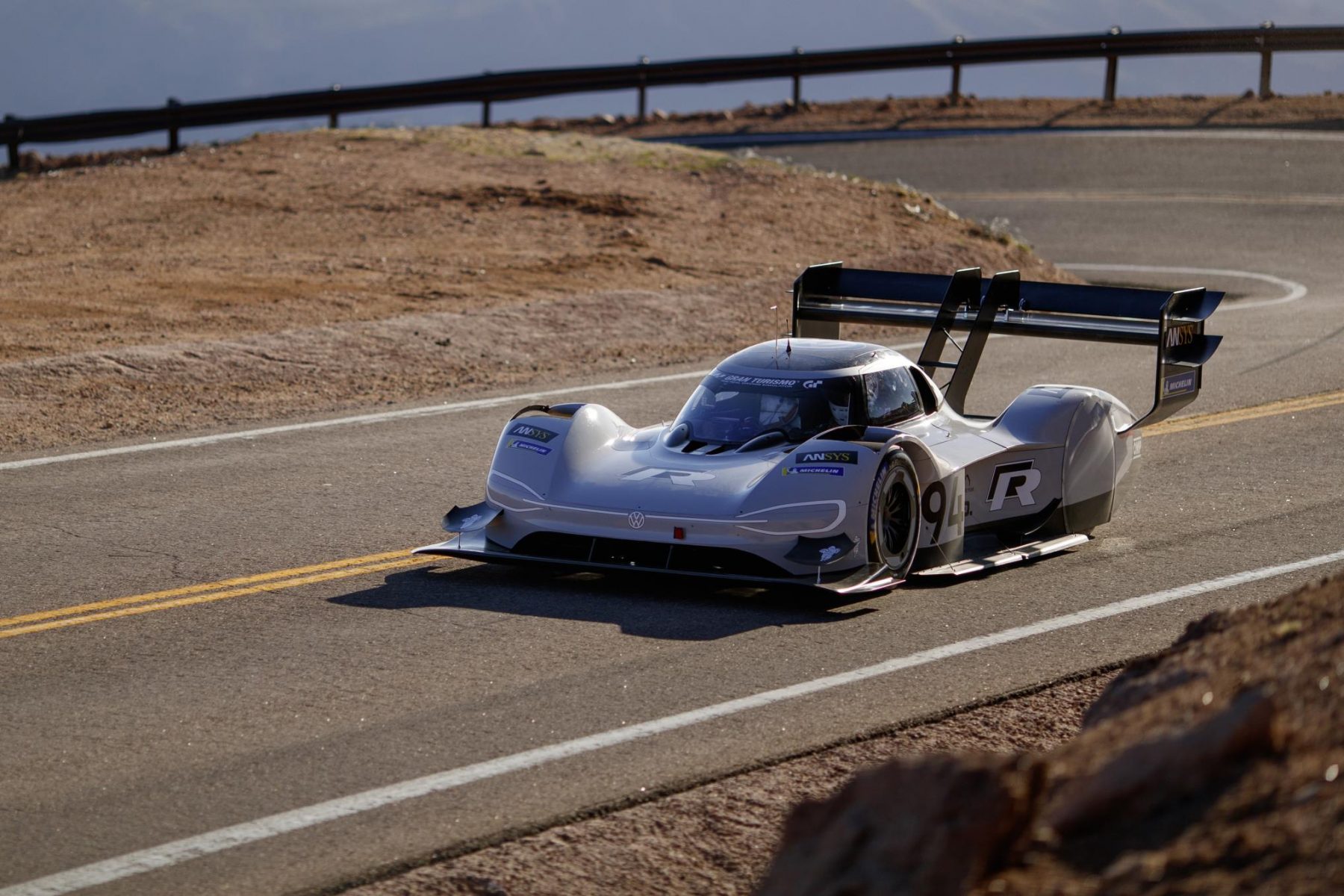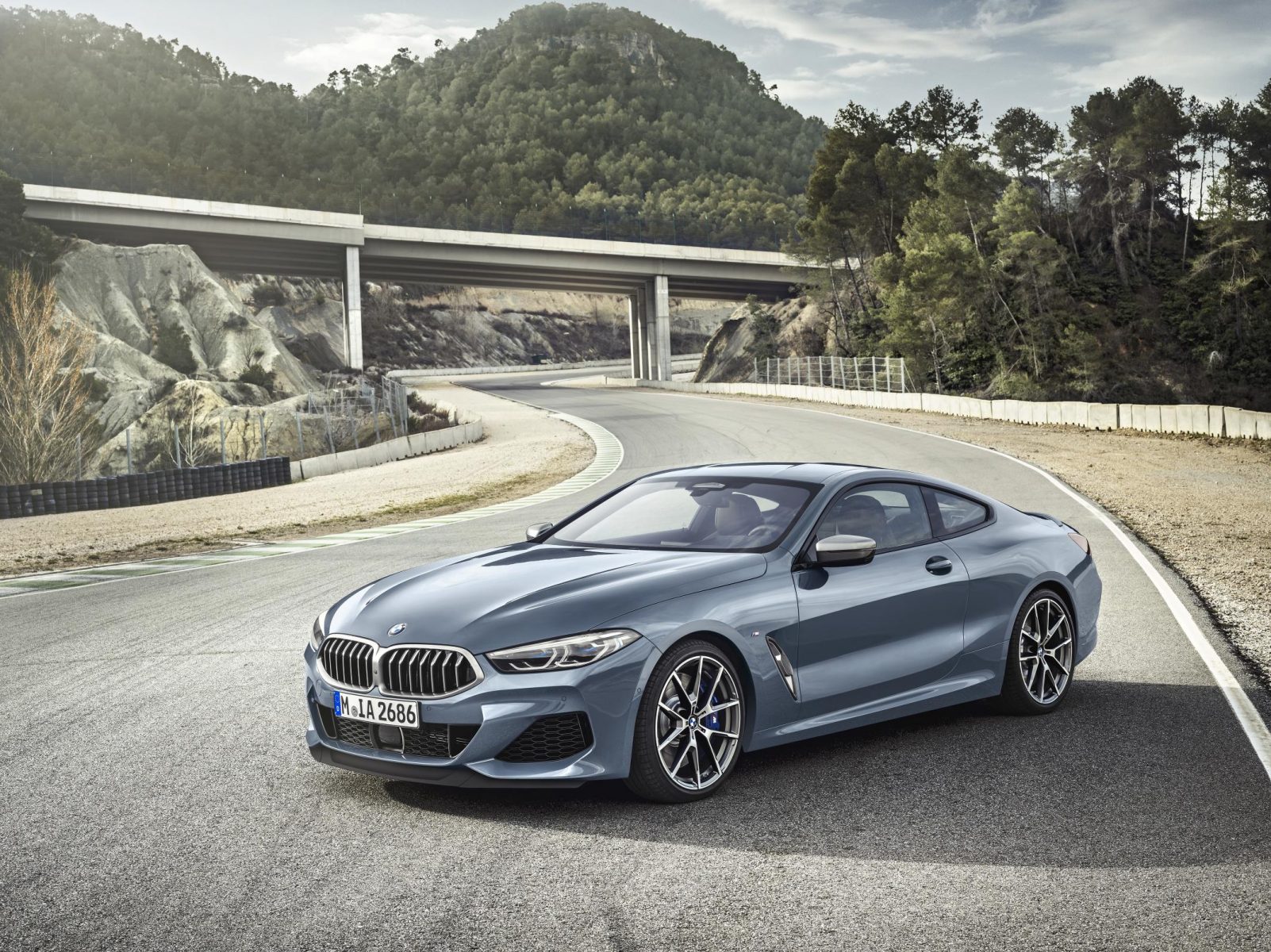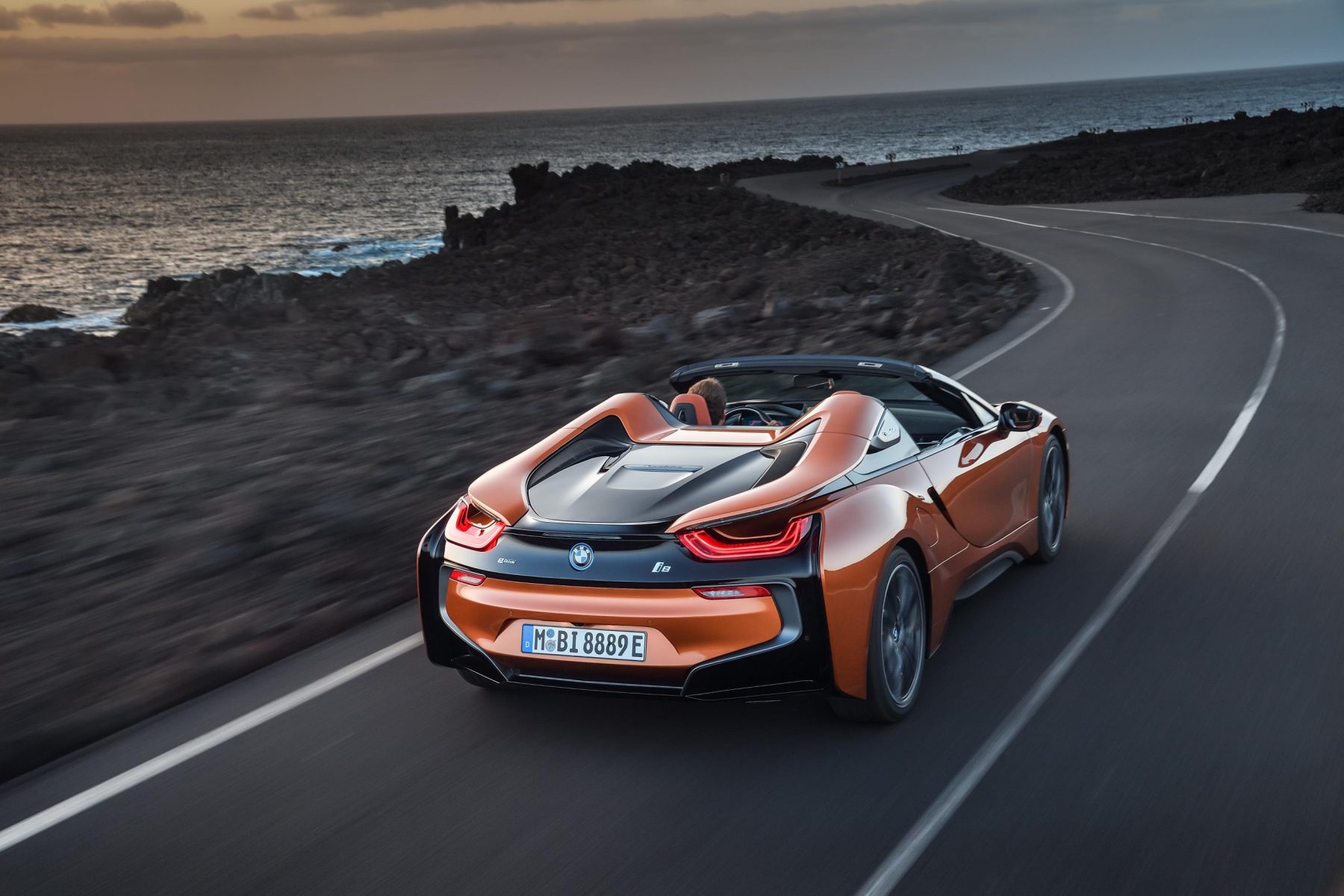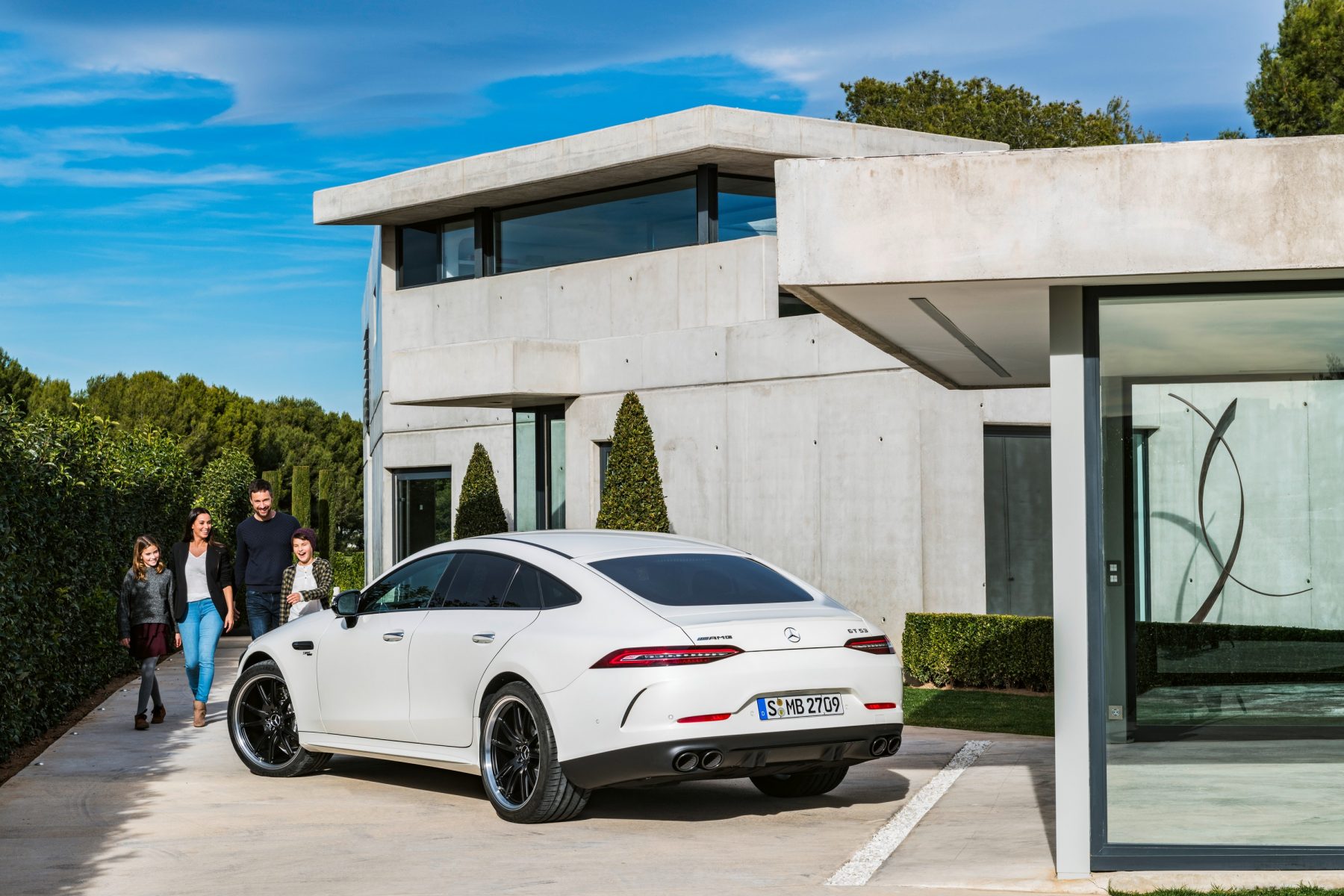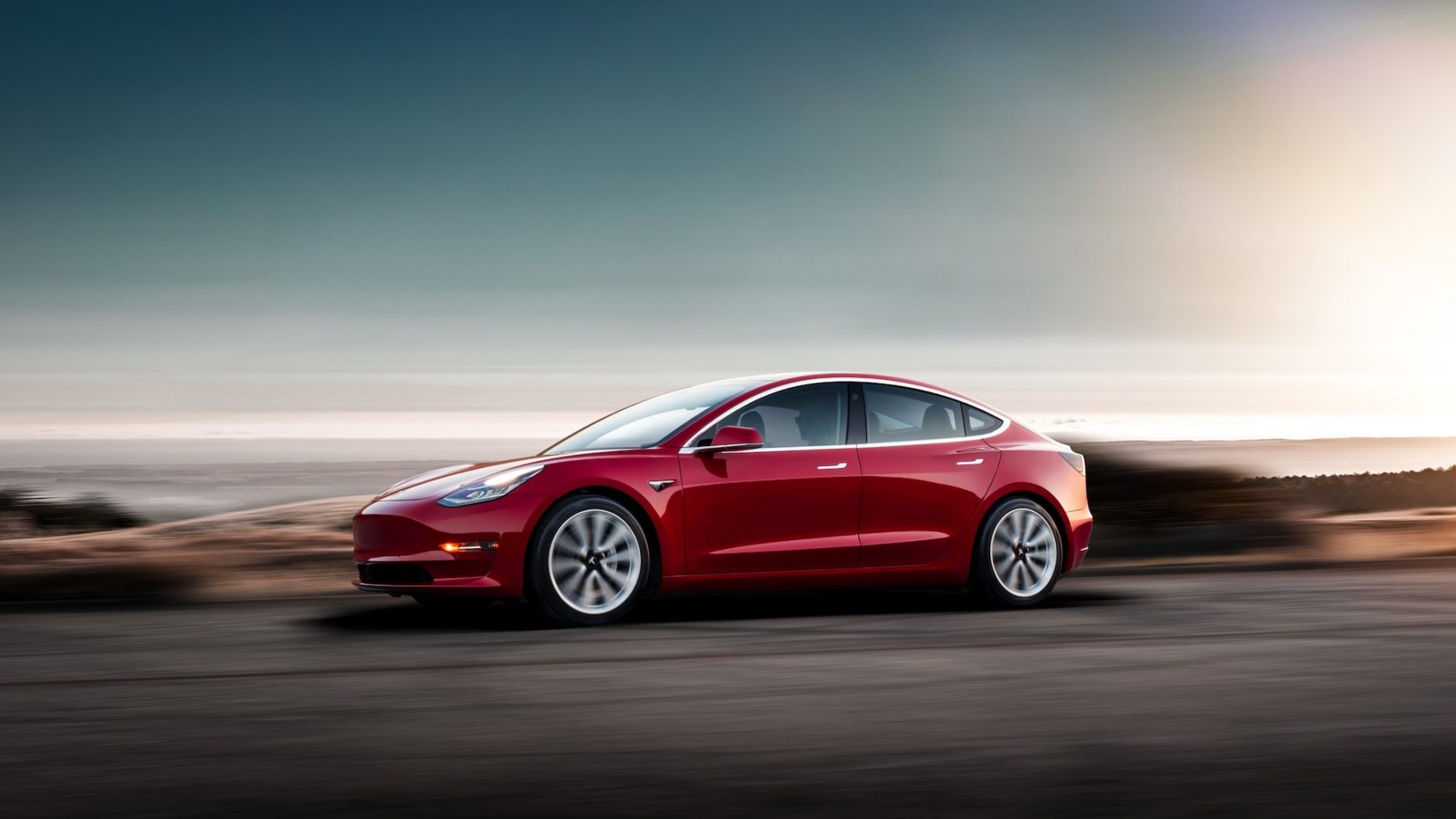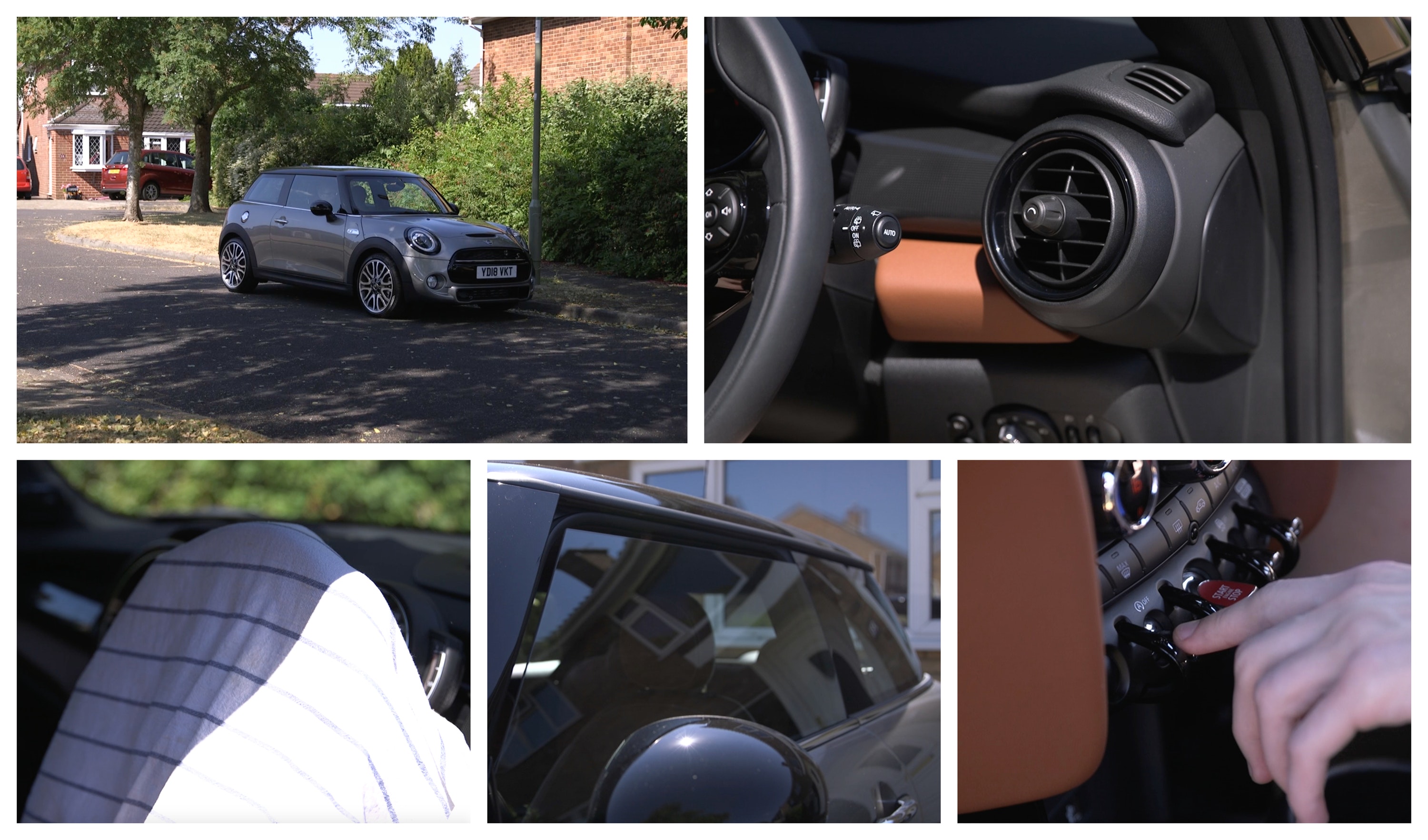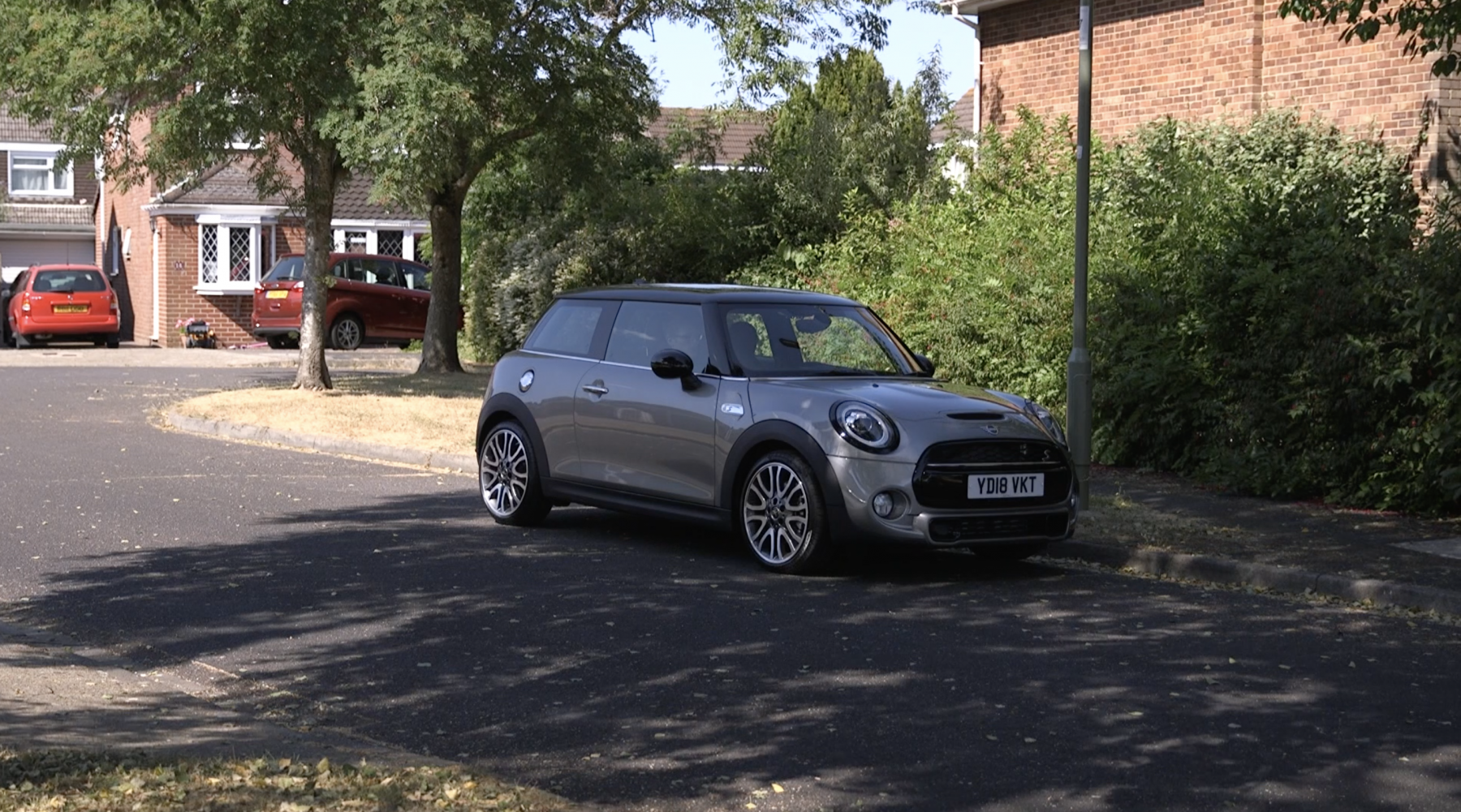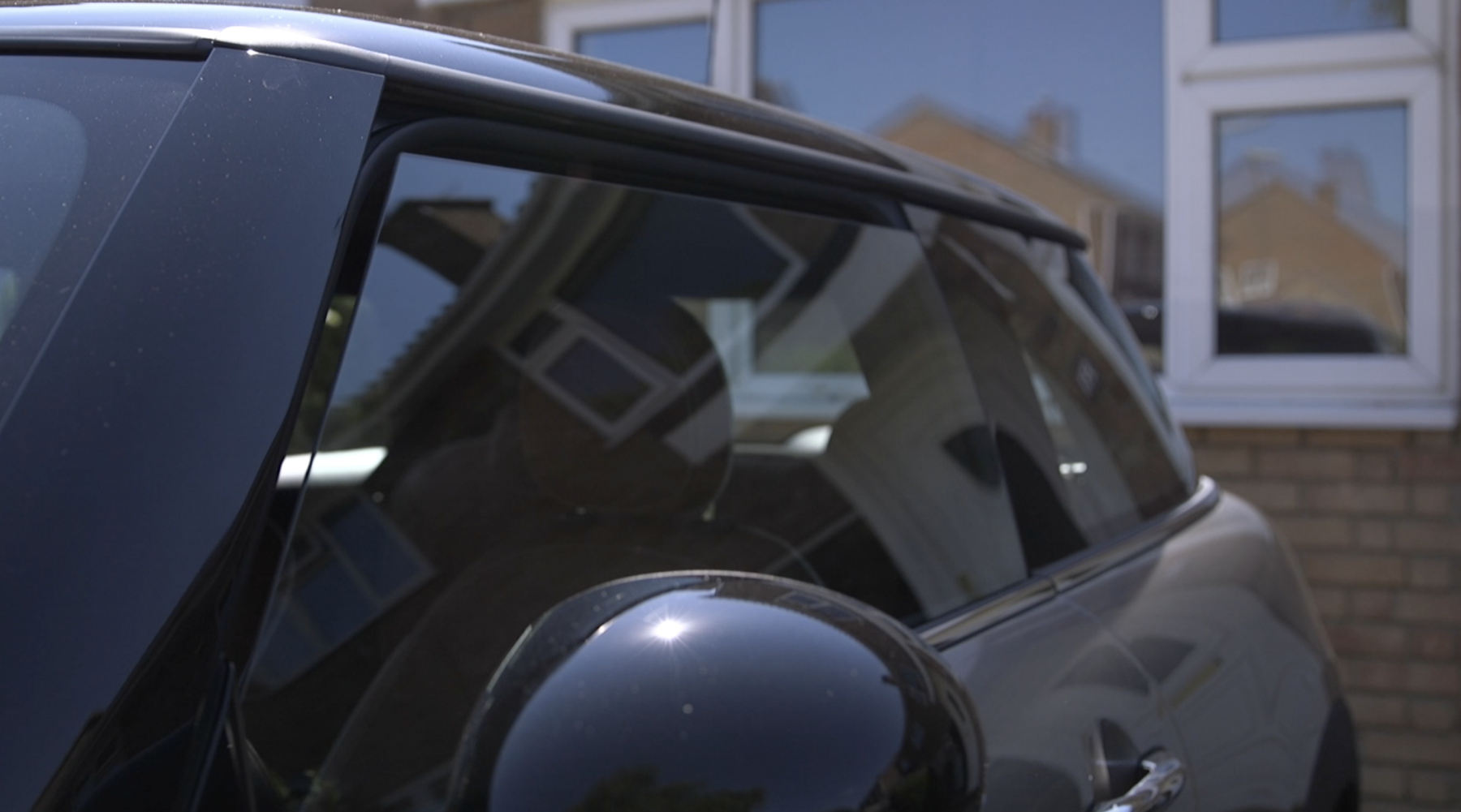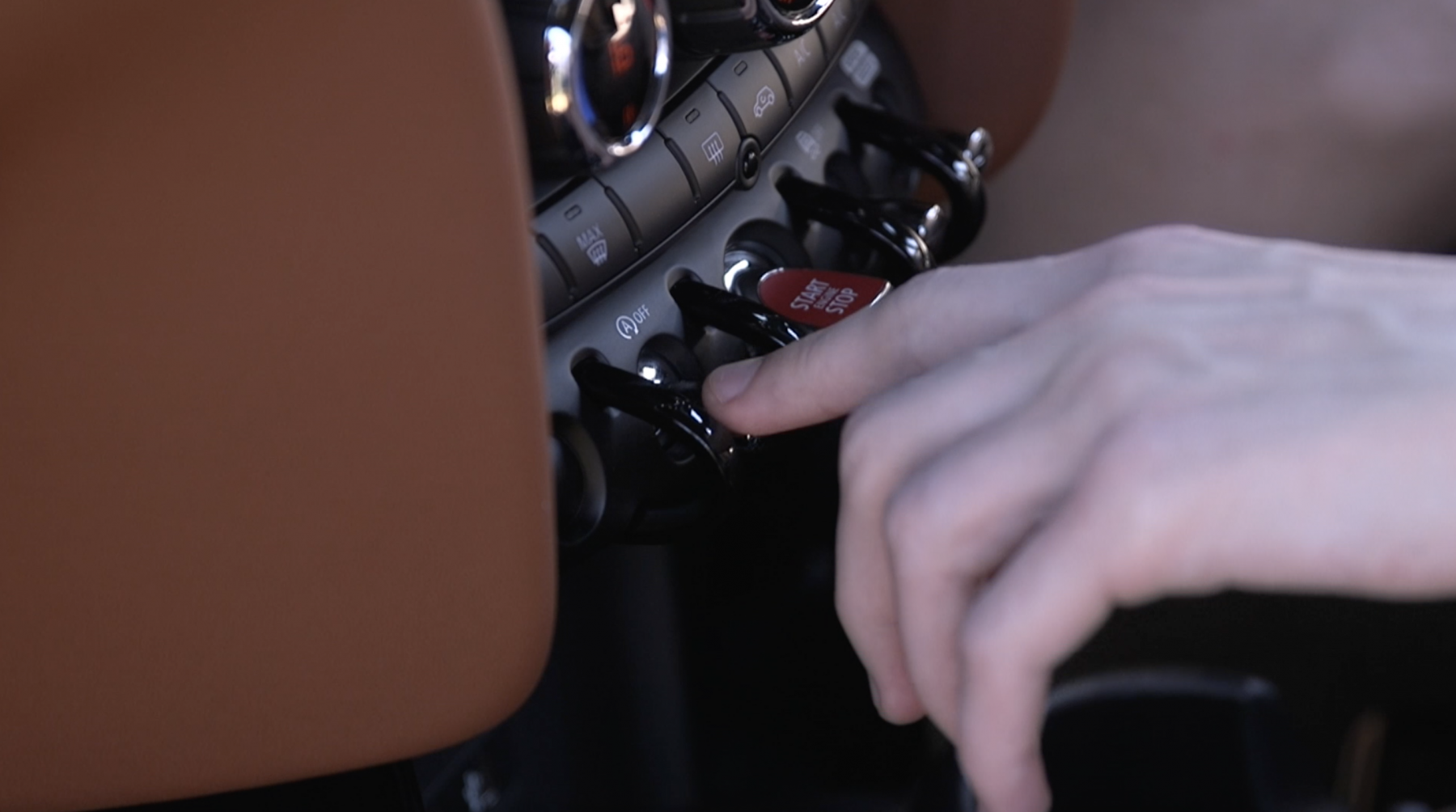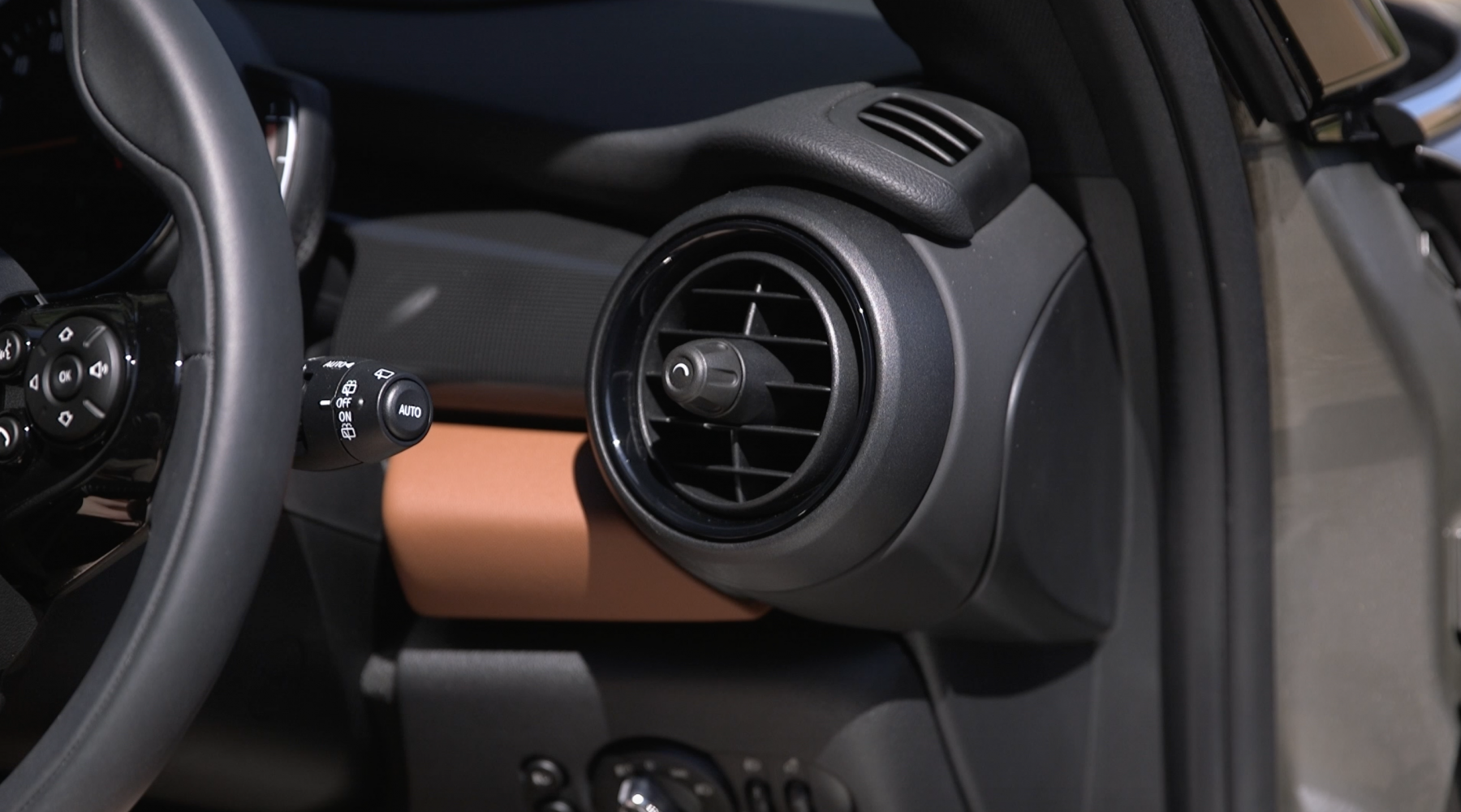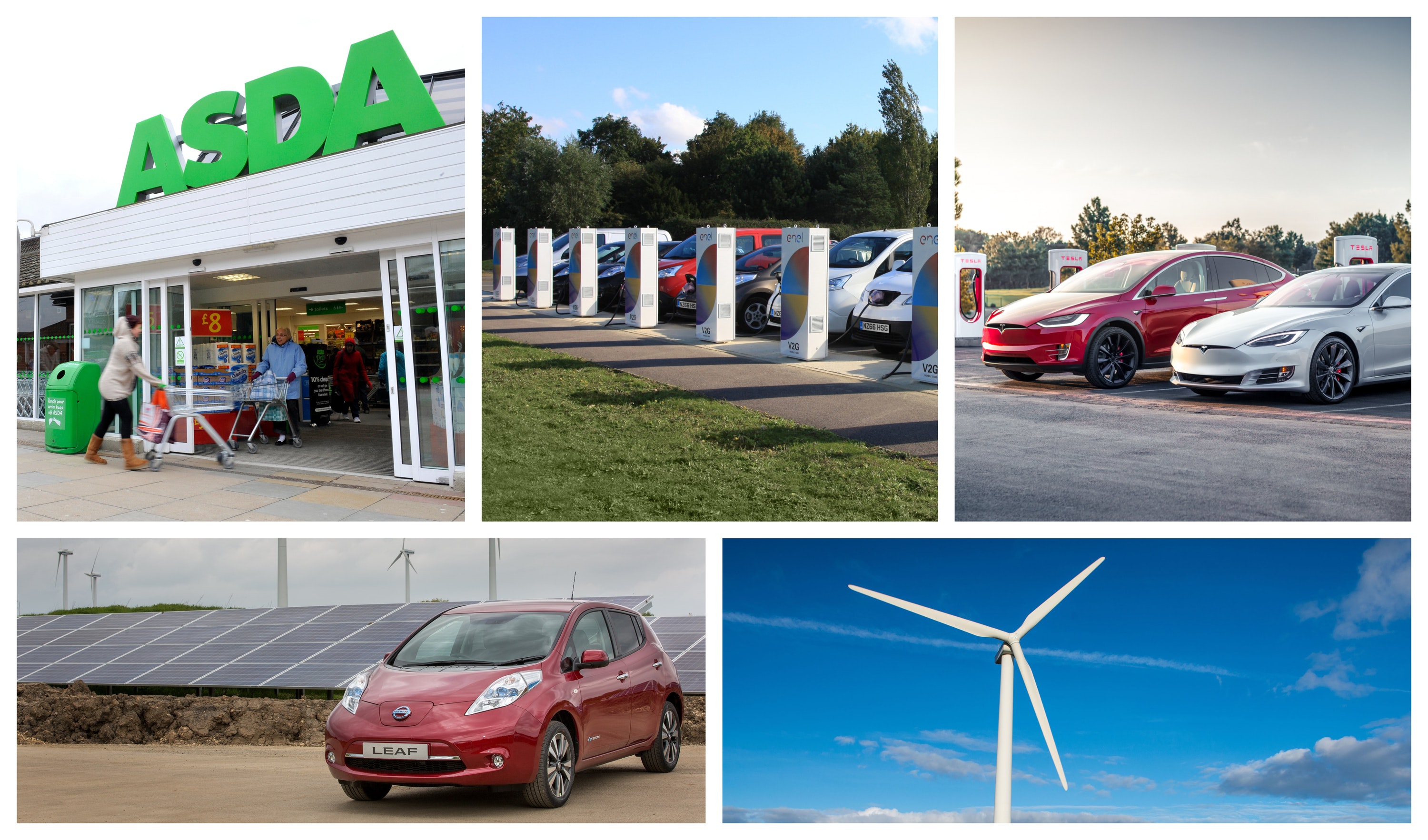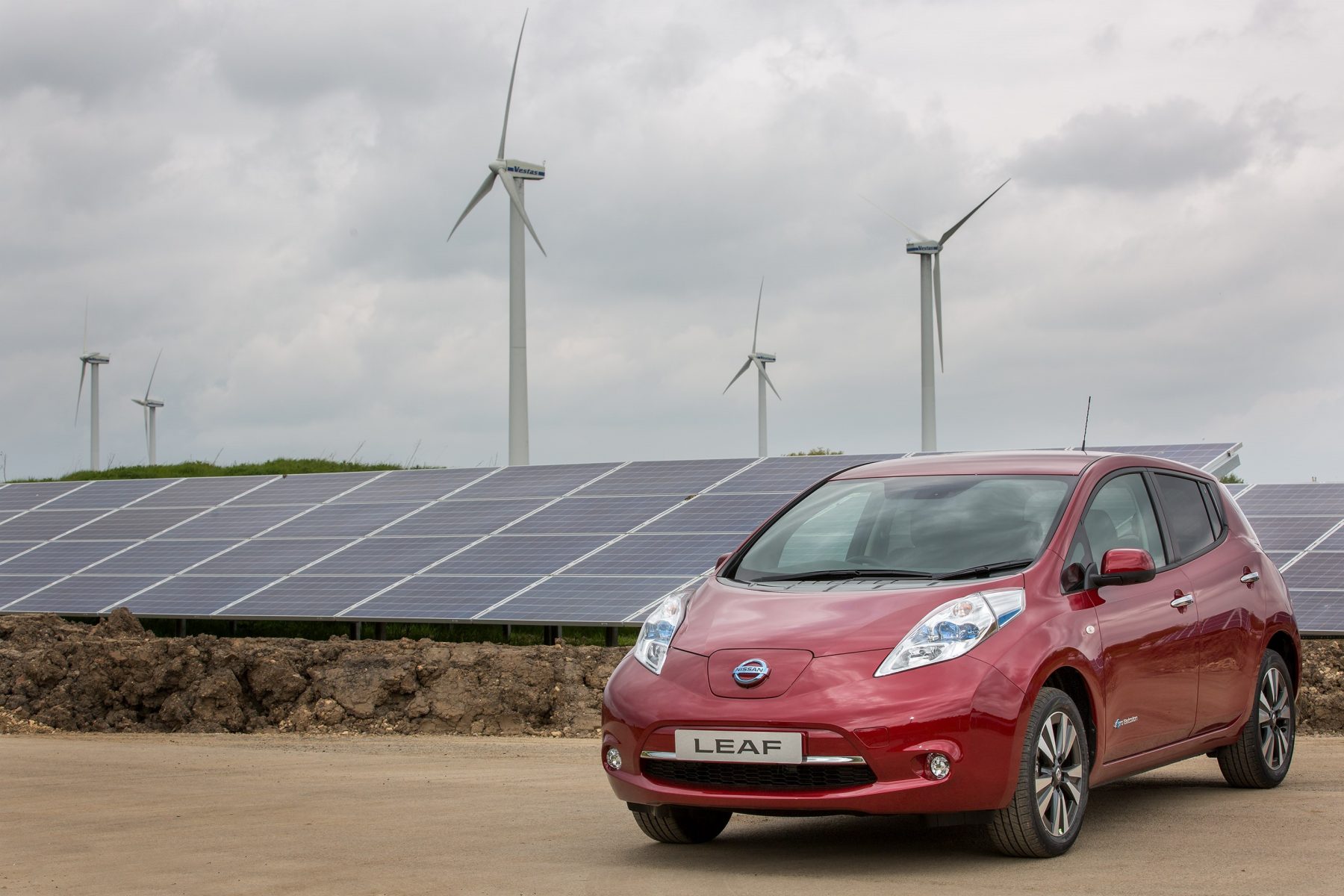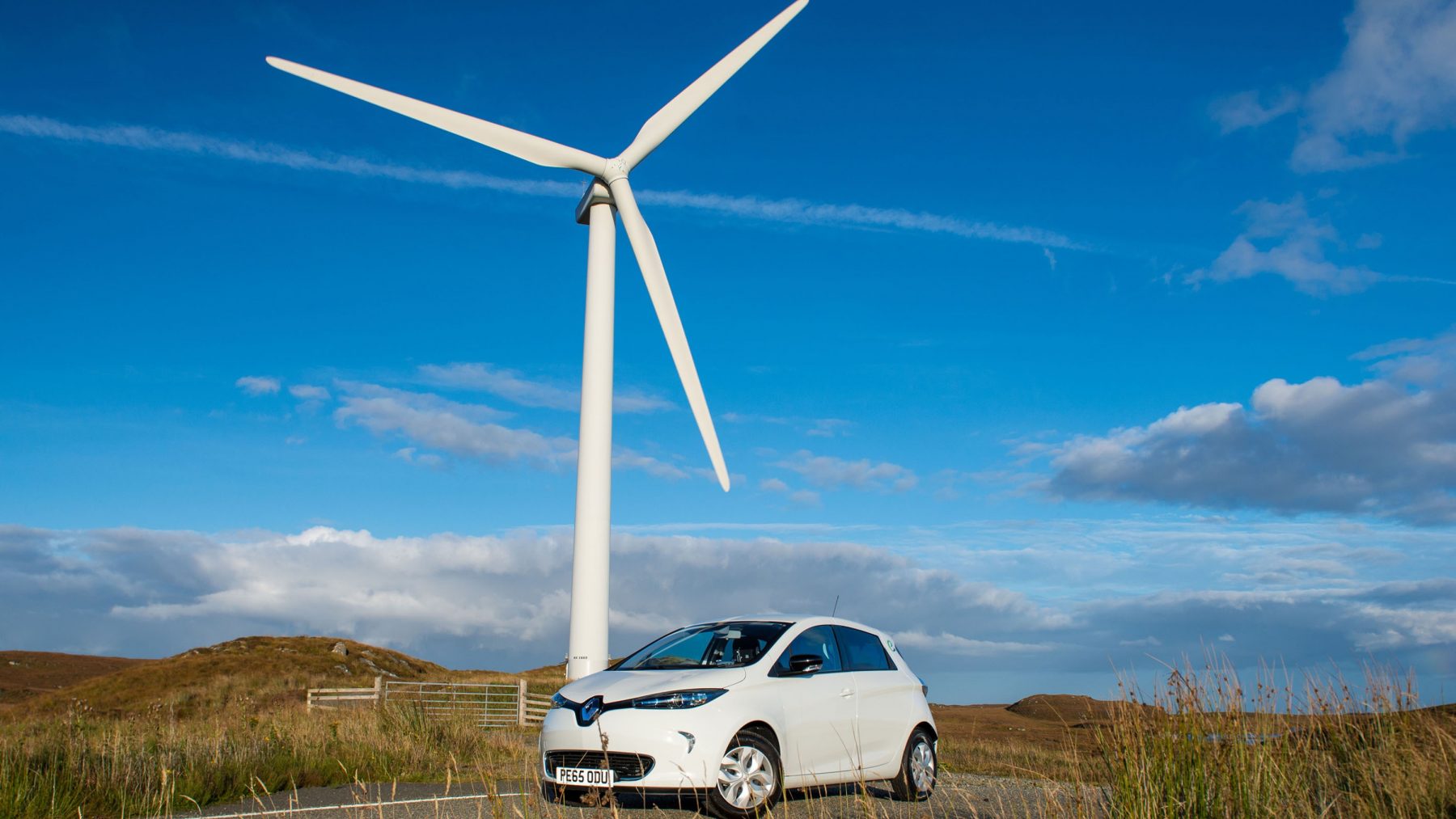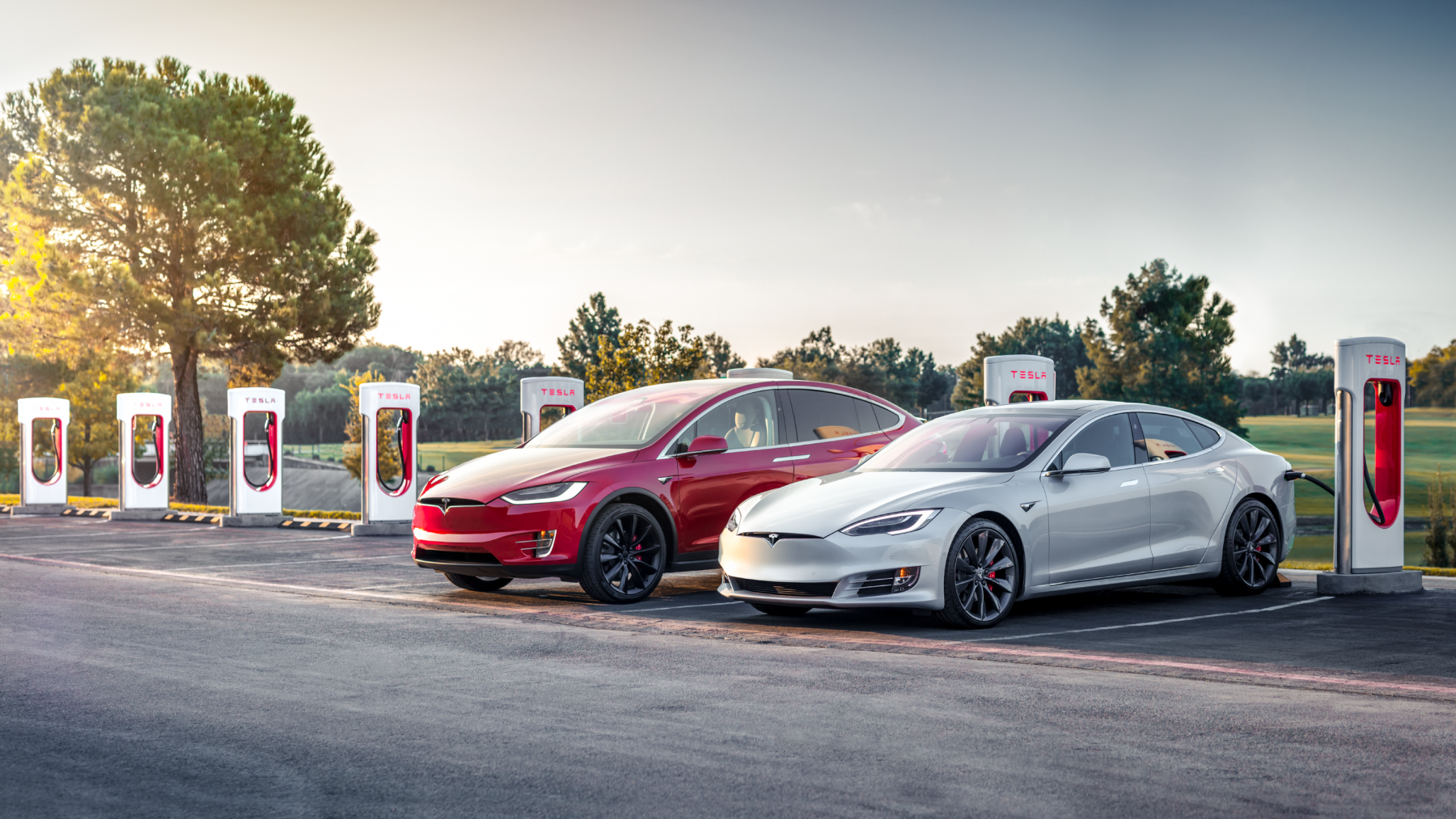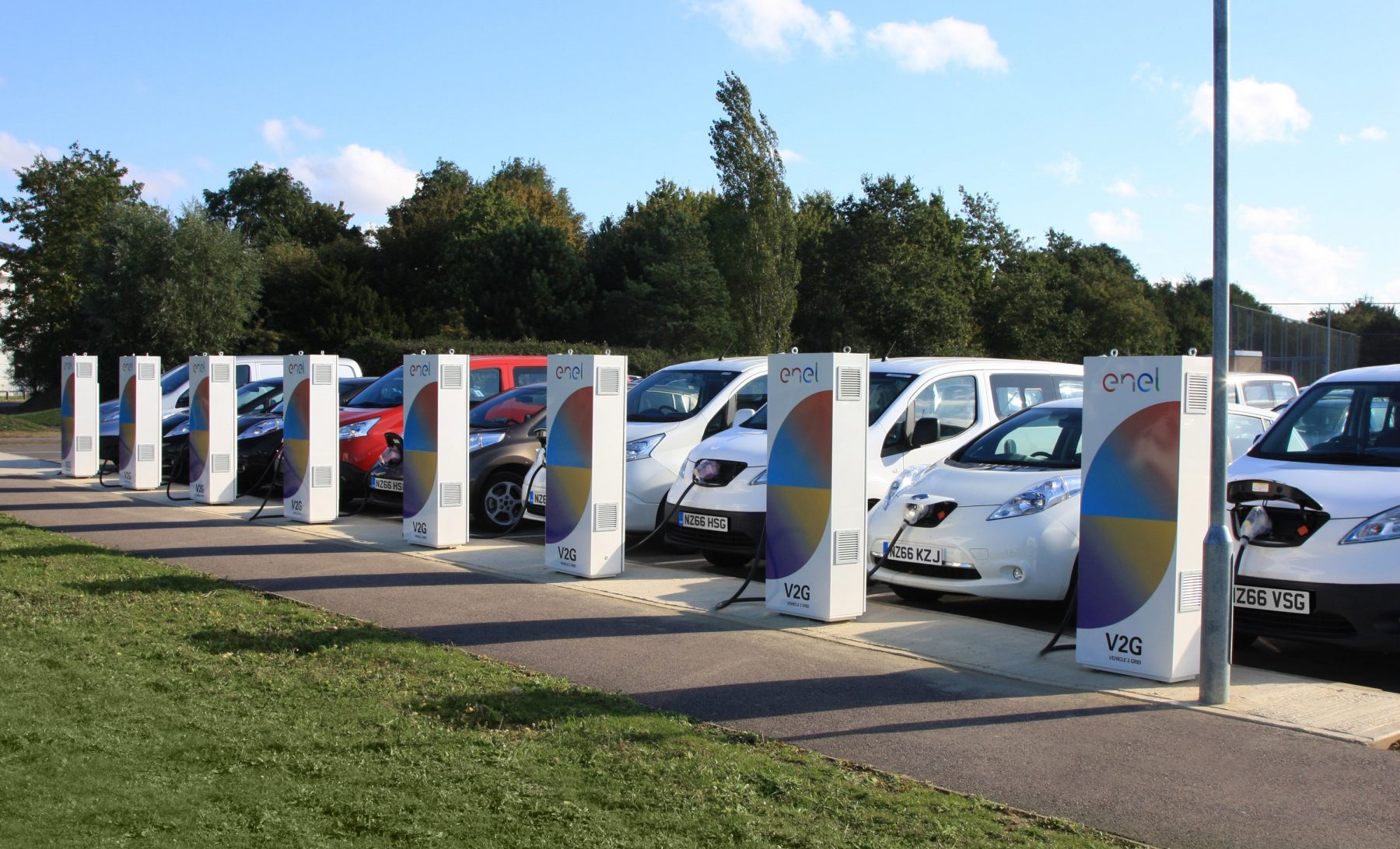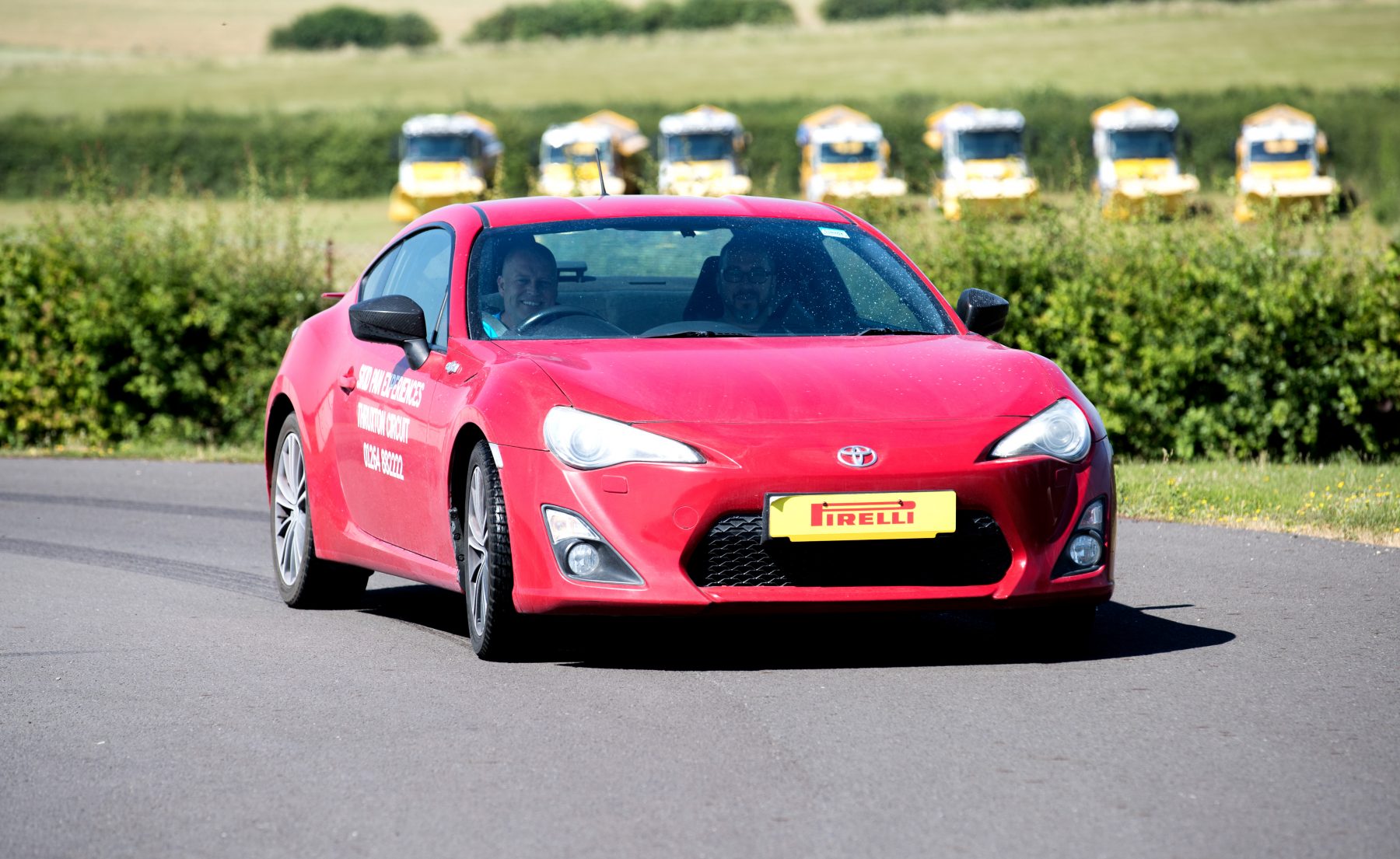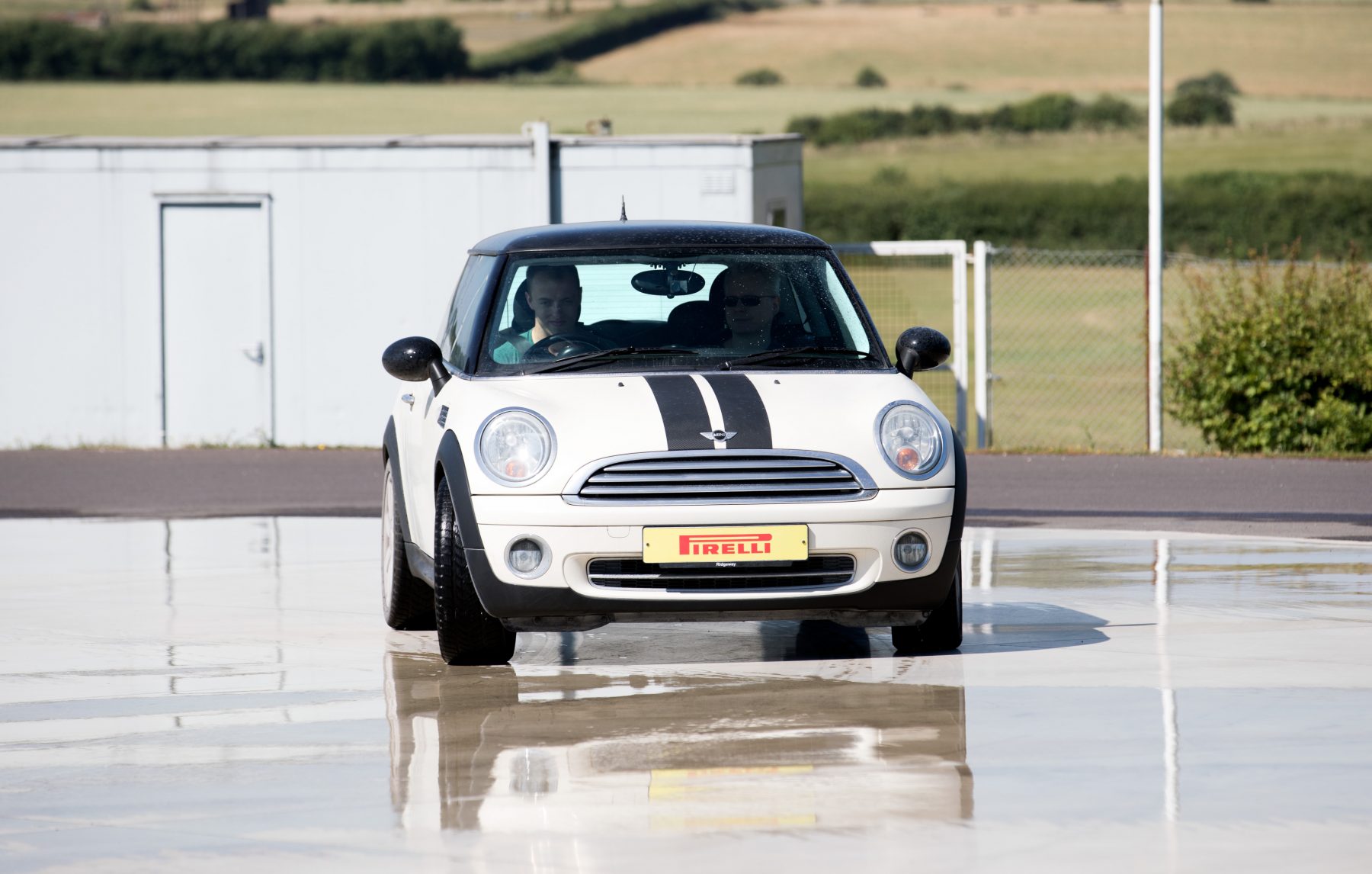Over in America, everything is bigger, louder and more flamboyant than most places around the world — and there’s no exception to the rule for its cars.
It’s home of the brash V8, the huge pick-up truck and some of the most rugged machinery ever made — and we’ve picked out some of the coolest ever made in the States.
Dodge Viper

Think V10 sports car and you’re likely to imagine an elegant, exotic European machine — but perhaps the best ten-cylinder brute comes from across the pond.
The Dodge Viper ticks all the boxes of Americana — huge engine, big power and a brutal presence on the roads, but has managed to gain global appeal thanks to being downright crazy.
Early models sent around 400bhp through the Viper’s rear wheels without the aid of traction control, and there weren’t any anti-lock brakes to help you stop it either. The recipe never really changed over the Viper’s 16-year run — only gaining more power. That said, ABS did eventually come to the car, but only because the American government said so…
Chevrolet Corvette C7 ZR1
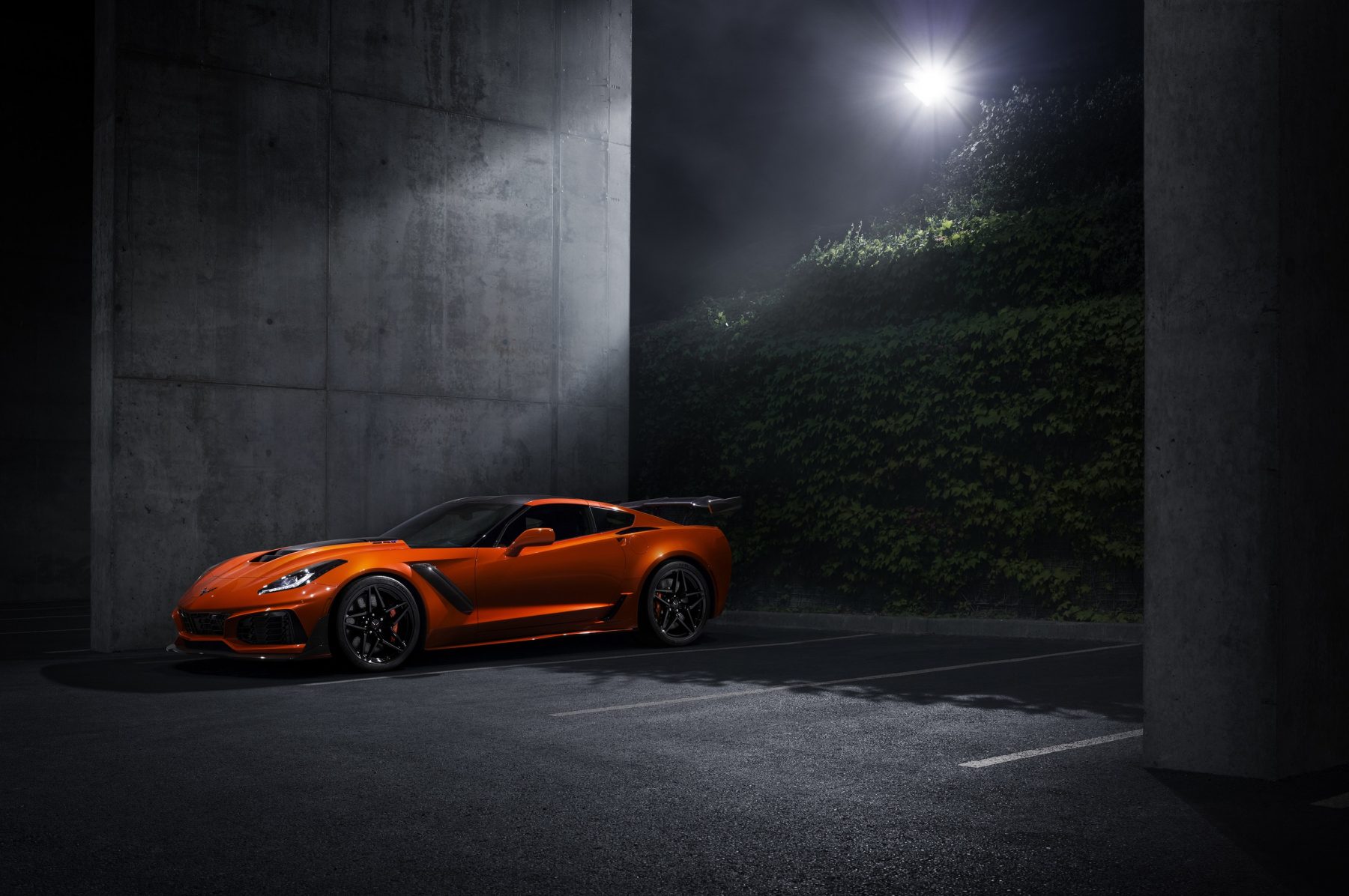
The ZR1 nameplate was first attached to the iconic Chevrolet Corvette in 1969, becoming a symbol of high-performance machinery — and the latest incarnation looks set to be the best yet.
Just released, the C7 ZR1 boasts a mighty 745bhp from its supercharged 6.2-litre V8 engine, propelling it from 0-60mph in just three seconds before hitting a top speed of 212mph.
It’s got looks to match the go as well, with an aggressive body kit on an already angry-looking base, along with a table-like rear wing to help keep the car stuck to the road.
Cadillac V-16
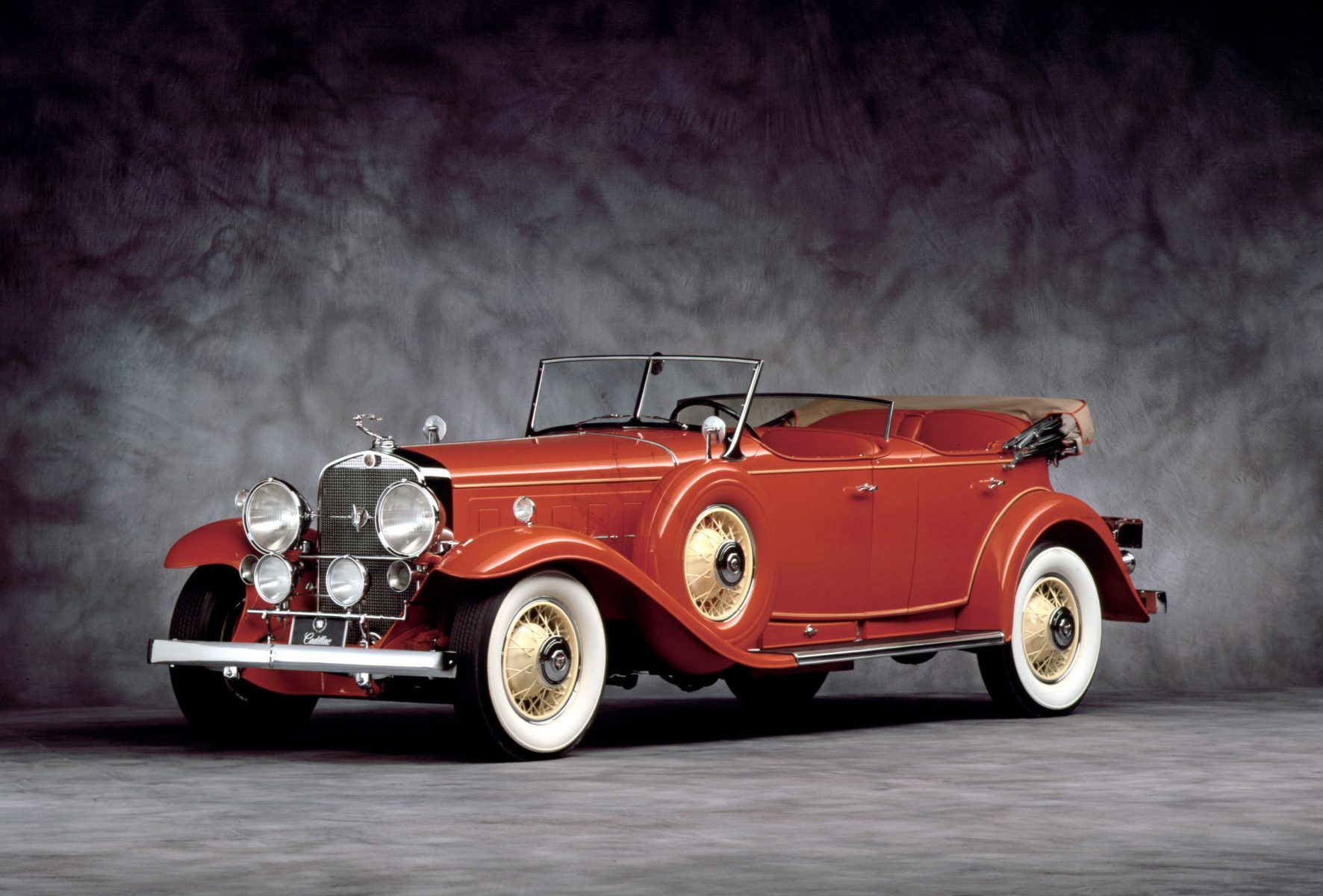
The V8 engine? Commonplace. The V10? Positively pedestrian. V12? Yaaaawn. But a V16? That’s the sort of cylinder count a real car needs – and Cadillac was the first to pioneer this many-cylindered layout way back in the 1930s.
The V-16 reflected Cadillac’s status as one of the world’s foremost luxury brands – easily the equal of Rolls-Royce in this pre-war era. As such, the cars majored on quality, smoothness, dignified progress and sheer class. They command pretty high prices today, easily reaching over half a million pounds at auction.
Ford GT40

As with all great things, the Ford GT40 was born from a disagreement. It began when Ford was on the verge of buying Italian legend Ferrari before Enzo Ferrari pulled out of a deal at the last minute.
Angered, Henry Ford II, grandson of the firm’s founder, decided to hit Ferrari where it hurt — on the racetrack.
Thus the Ford GT40 was created to challenge the Italians at the 24 Hours of Le Mans. It struggled during its first two years, but then 1966 saw a 1-2-3 finish for the Americans, which would kick off a streak of four wins at the iconic endurance race for the GT40 in various guises.
The machine became so legendary that Ford itself later made two road-going homages to the race car — the GTs of 2005 and 2017, respectively.
Cord 810/812
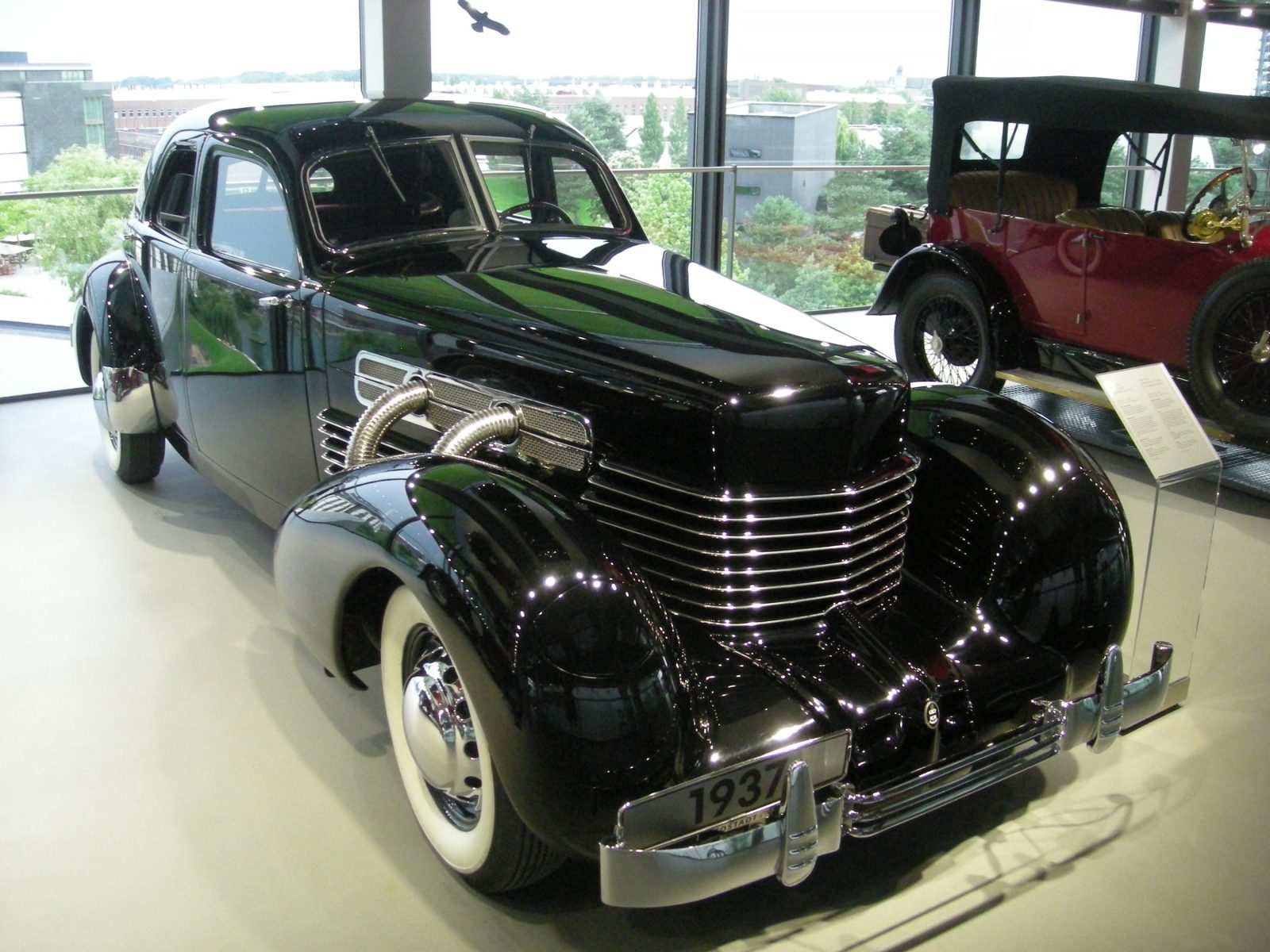
The Cord summed up the art-deco era with its gorgeous styling, which saw a streamlined body, and pop-up headlights mix with some seriously advanced technology – for the 1930s, that is. The Cord was the first mainstream American car to offer front-wheel drive, making it completely different from anything that had come before.
Supercharged models are the most desirable, with their V8 engines supplemented by a Cummins supercharger and marked out by gorgeous chrome exhaust pipes. Reliability issues and some dodgy design decisions meant Cords weren’t perfect, but they look so cool it’s hard to care.
Willys Jeep

The Willys MB started life as a lightweight military off-roader, built to mobilise Allied forces during the Second World War. And very capable it was too – exactly fitting the need for a super-lightweight, low-cost and standardised transport.
Nobody could have predicted the impact that the Jeep would have though, and the original is truly one of the most iconic vehicles in the world. It’s since spawned an entire road-going brand producing thoroughly modern SUVs – though it hasn’t forgotten its roots, and the contemporary Wrangler preserves the spirit of the original Jeep.
Ford Mustang Shelby GT350R

We may get the latest Ford Mustang in the UK — but its most fruitful version is a forbidden gem for us.
The American-only Shelby GT350R builds on the already impressive Mustang GT, gaining a whopping 116bhp more to take it to 526bhp — making it the most powerful naturally-aspirated Ford ever built.
It’s not all just extra power here though, with the Shelby gaining magnetic dampers, improved suspensions coils and beefier roll bars to better it around the corners. We’re still holding out for the day it arrives in UK showrooms.
Shelby Cobra

The Shelby Cobra – or AC Cobra as we in Blighty knew it as – started life as a modest sports car called the AC Ace. But American legend Carroll Shelby decided the Ace needed a bit more shove, and wrote to AC asking if they’d fit in a Ford-sourced V8.
Eventually, Ford’s Windsor unit was squeezed into the AC, and so began one of the best examples of trans-Atlantic cooperation ever. The Cobra is a beloved classic car and has spawned myriad kit cars and replicas, plus glorious modern continuation models.
Saleen S7

You may have never heard of Saleen — and you could be forgiven if you’re in the UK, as it’s an American specialist in Mustang tuning — but the S7 is one of the finest machines to ever come from the States.
This sleek supercar borrows quite a few Ford parts — most crucially the V8 engine from a Mustang — and turns them into a package capable of rivalling the likes of Ferrari, Porsche and Lamborghini in the exotic stakes.
Better still, a ‘competition package’ for the twin-turbocharged version of the S7 was offered, and would up power to over 1,000bhp. Crikey.
Hummer H1

If you’re after a rugged American military vehicle, you could opt for a Jeep – or you could jump forward a few decades and go for the Hummer H1 instead. It’s based on the military Humvee, which means it’s wide enough to drive through tank tracks and powered by a 6-litre-plus diesel engine.
The favourite of ‘Governator’ Arnold Schwarzenegger, the H1 is one of the most capable off-road vehicles around, and though it’s totally inappropriate for modern traffic, its burly beefiness has an appeal nothing else can quite match.

